[ Day 1 | Day 2 | Day 3 | Day 4 | Day 5 ]
The final day was short. So short that I decided to pack my equipment early in the morning, not expecting anything to turn up. Despite telling myself that I would not shoot, some unique subjects turned up at the cabins and I just couldn't resist! If you are considering for the Macro Photography Bootcamp, there are only 2 rooms left so do register early if you are interested! If you had already emailed but have not received any reply, please email me again, you should receive a reply within half a day!
Again, thanks to Dennis, Nick, Amber, Jeff and Ambo for the many interesting finds, just wished we could stay longer!
5 days did not seem enough. But for the sake of our health and sleepless nights, I think it is just nice to experience the fauna of Tawau Hills. Would I be back? My flight for the next trip has already been booked. :)
Remember to check out the other posts for this trip from the links below! If you are interested in the smaller wildlife of Borneo with the guide of experienced macro photographers, check out the upcoming Borneo Bootcamp. It is not to be missed!
[ Day 1 | Day 2 | Day 3 | Day 4 | Day 5 ]
The final day was short. So short that I decided to pack my equipment early in the morning, not expecting anything to turn up. Despite telling myself that I would not shoot, some unique subjects turned up at the cabins and I just couldn't resist! If you are considering for the Macro Photography Bootcamp, there are only 2 rooms left so do register early if you are interested! If you had already emailed but have not received any reply, please email me again, you should receive a reply within half a day!
Again, thanks to Dennis, Nick, Amber, Jeff and Ambo for the many interesting finds, just wished we could stay longer!
This time, they came to us
My equipment were already packed neatly into the bags, but the rest had to find rhino beetles in the toilets, a bark mantis on our neighbour's slippers, and a bizarre moss katydid that Jeff found while walking to our cabins!- Rhino beetle (Dynastinae)
This rhino beetle was still at our cabins in the morning, so we moved it out to the tree buttresses. What you see in the background... is not where we stayed. :P - Rhino beetle (Dynastinae)
Turning to the other side, we can see the rooms that we stayed in, 5 rooms on each side of the building. - Rhino beetle (Dynastinae)
Tried different angles with the 15mm but there was limited space to move about. - Bark mantis (Mantodea)
This bark mantis appeared on our Sabahan neighbour's slippers over the night. Attracted to... the smell? - Bark mantis (Mantodea)
Lateral view shows it trying to maintain a flat posture. - Bark mantis (Mantodea)
Saying hi to the face! - Bark mantis (Mantodea)
This time, it didn't want to stay low. - Bark mantis (Mantodea)
Since it was a bark mantis, we returned it to one of the nearby trees. - Bark mantis (Mantodea)
Still busily grooming itself! - Bark mantis (Mantodea)
Maybe it was the wrong tree? Didn't look too camouflagy. - Moss katydid (Tettigoniidae)
Jeff came by to check on us, and found this amazingly cryptic katydid. - Moss katydid (Tettigoniidae)
Lateral view. Unfortunately, it seemed severely injured and could not walk nor jump on its own. - Moss katydid (Tettigoniidae)
Close up on the face. - Moss katydid (Tettigoniidae)
Interestingly, it tried to walk and fell into this position, matching the white patch! - Rhino beetles mating (Dynastinae)
Just before we left, our friendly male beetle had found his girlfriend, happily making out just beside our cabins. I had already kept my lenses and flashes, so this was shot with just the 15mm. - Departure at Kuala Lumpur
- Arrival at Tawau Airport, a really small airport!
- Supermarket at Tawau Town where we got our groceries
- Going bananas at the wet market
- Morning scene before breakfast. Shot from my mobile phone. =D
- Tallest tropical tree in the world at 88m high! Did we see it? No idea...
- Shooting the giant pill millipede that appeared on the gravel.
- Checking out the size of the pill millipede when it curled up.
- The really shaky bridge
- Pyrops sidereus at eye-level!
- THREE Pyrops whiteheadi at knee-level moments before they all disappeared. :P
- Shot of the shield bug nymph on my camera, such a beautiful subject did not need any post processing!
- Drying our clothes behind the cabin while the sun was still out.
- This tree must really be GOOD!
- Shooting the mating stick insects.
- Size comparison of my hand with the giant river toad.
- Our only group photo in the field, found a large tree to pose with
- Found a tick on Nick's head, must shoot!
- Just before leaving Tawau Hills, we grabbed Jeff for a group photo!















When our car was exiting the gate, Jeff saw another giant rhino beetle walking around on the grass. We could only suck our thumbs and move on as we were running behind schedule for our flight!
Behind the Scenes
Here are some random photos from my mobile phone, and some courtesy of Dennis, Amber and Nick. If any of you have violent objections to any of the photos shown here, please let me know. :)


















5 days did not seem enough. But for the sake of our health and sleepless nights, I think it is just nice to experience the fauna of Tawau Hills. Would I be back? My flight for the next trip has already been booked. :)
Remember to check out the other posts for this trip from the links below! If you are interested in the smaller wildlife of Borneo with the guide of experienced macro photographers, check out the upcoming Borneo Bootcamp. It is not to be missed!
[ Day 1 | Day 2 | Day 3 | Day 4 | Day 5 ]























































































































































































































































































































































































































































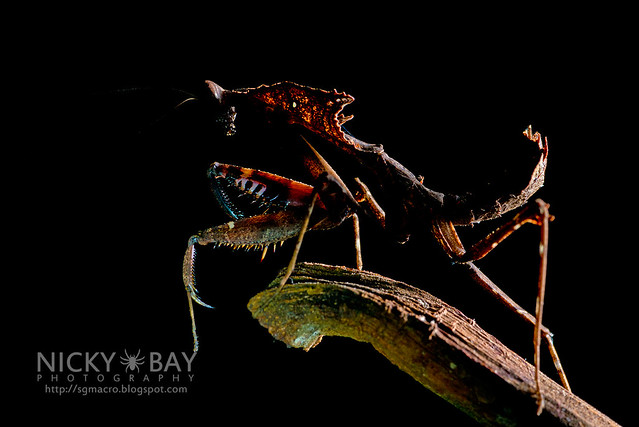












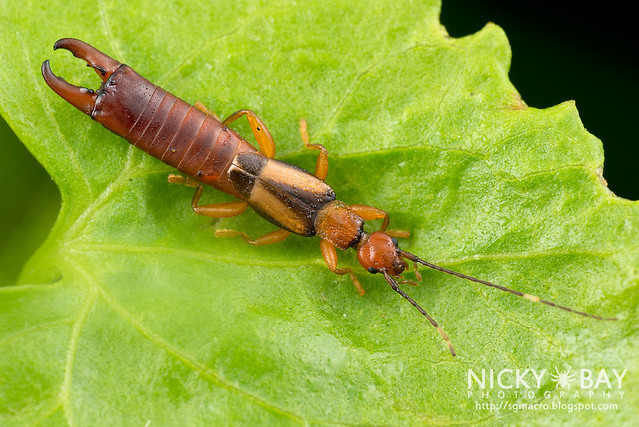
















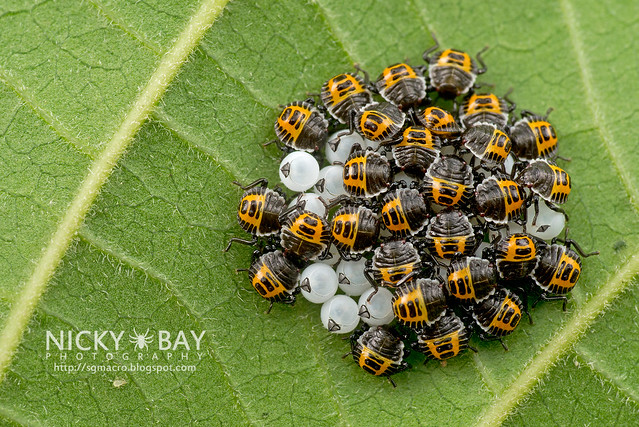











































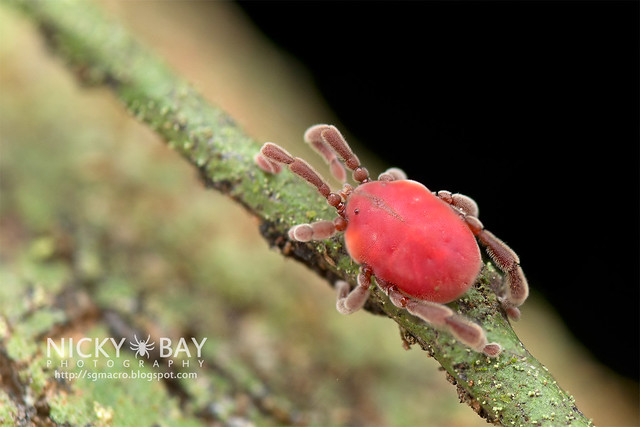






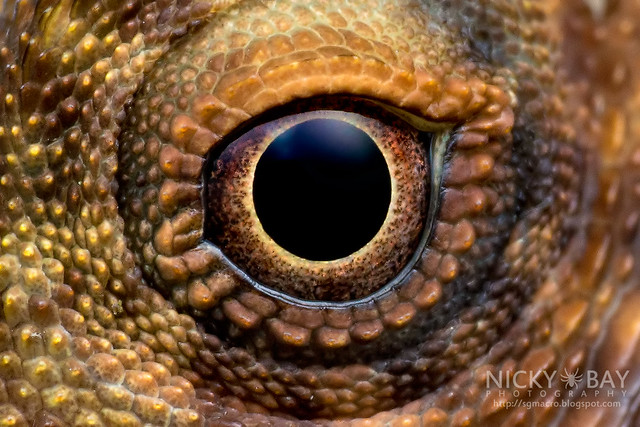























 The Eureka EDC-51 Dry Cabinet has a capacity of 51-litres, measures 40cm x 44cm x 43.7cm and is rated at 4W. Noted that most other dry cabinets in this capacity range seem to be rated at 5W instead.
The Eureka EDC-51 Dry Cabinet has a capacity of 51-litres, measures 40cm x 44cm x 43.7cm and is rated at 4W. Noted that most other dry cabinets in this capacity range seem to be rated at 5W instead.  The RH control is a simple knob inside the cabinet. Adjust the knob higher or lower accordingly to your requirements (suggest to target 45% for photographic equipment) and monitor the hygrometer's reading until it is stable.
The RH control is a simple knob inside the cabinet. Adjust the knob higher or lower accordingly to your requirements (suggest to target 45% for photographic equipment) and monitor the hygrometer's reading until it is stable.  Most dry cabinets come with a handle and key for practical reasons. A handle reduces fingerprints on the glass door and a key prevents toddlers from taking your expensive equipment out as play things.
Most dry cabinets come with a handle and key for practical reasons. A handle reduces fingerprints on the glass door and a key prevents toddlers from taking your expensive equipment out as play things.  The hygrometer is analog. Many people prefer a digital display because it is more "accurate" or "precise". It really doesn't matter - you don't need to know the RH to such precision. This hygrometer is made in Germany and works independently from the dehumidifier. RH reading was already at around 56% before I switched the power on.
The hygrometer is analog. Many people prefer a digital display because it is more "accurate" or "precise". It really doesn't matter - you don't need to know the RH to such precision. This hygrometer is made in Germany and works independently from the dehumidifier. RH reading was already at around 56% before I switched the power on. 
 The 51-litre cabinet comes with a single solid tray - it sits well sturdily at configurable heights. The only downside is the lack of a pull-out tray for easier access to the lenses and lack of any soft material to prevent accidental scratches if you hit your lens on the tray. In this picture, I placed 3 long lenses (200mm, 80-200mm, 70-300mm) in the top compartment, and was able to put 10 small to medium sized lenses with 2 of them mounted on separate camera bodies in the bottom compartment with some space to spare.
The 51-litre cabinet comes with a single solid tray - it sits well sturdily at configurable heights. The only downside is the lack of a pull-out tray for easier access to the lenses and lack of any soft material to prevent accidental scratches if you hit your lens on the tray. In this picture, I placed 3 long lenses (200mm, 80-200mm, 70-300mm) in the top compartment, and was able to put 10 small to medium sized lenses with 2 of them mounted on separate camera bodies in the bottom compartment with some space to spare.  The RH reading on the cabinet went down to about 40% within 3 hours. Good enough for me!
The RH reading on the cabinet went down to about 40% within 3 hours. Good enough for me! 

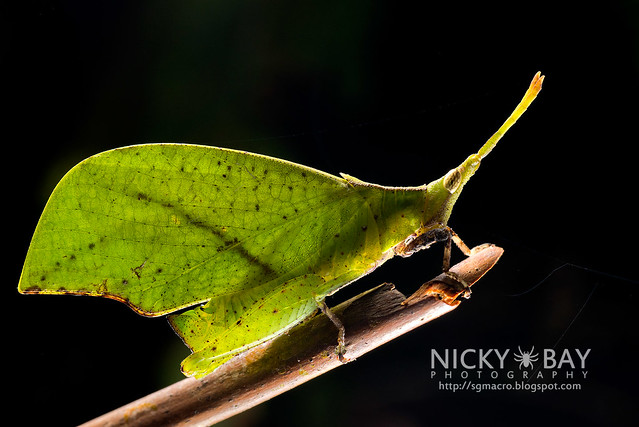





























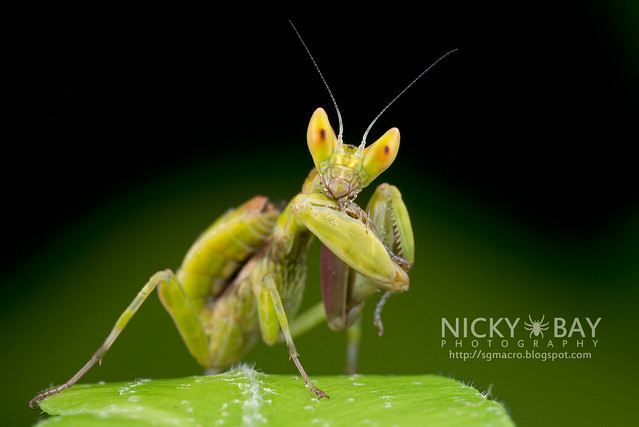








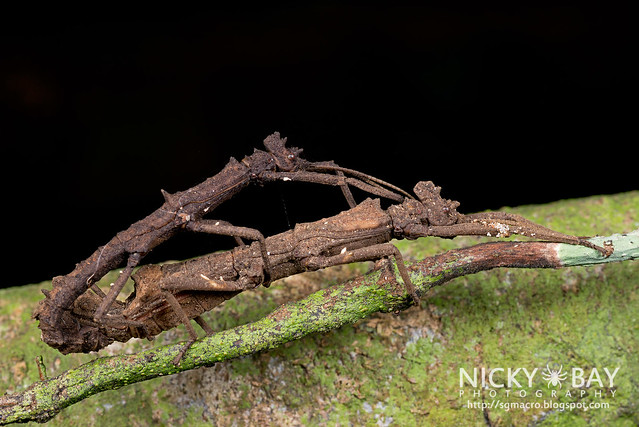

















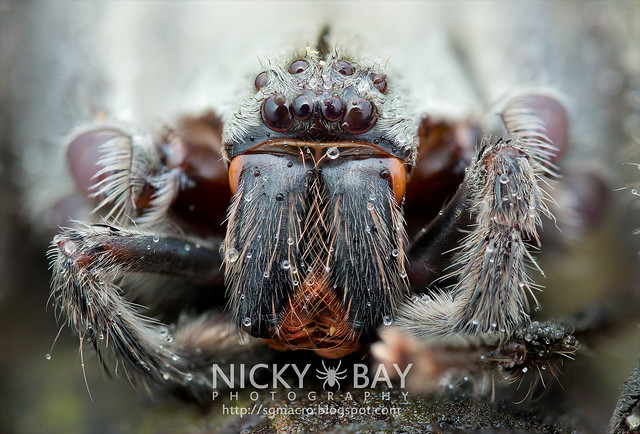
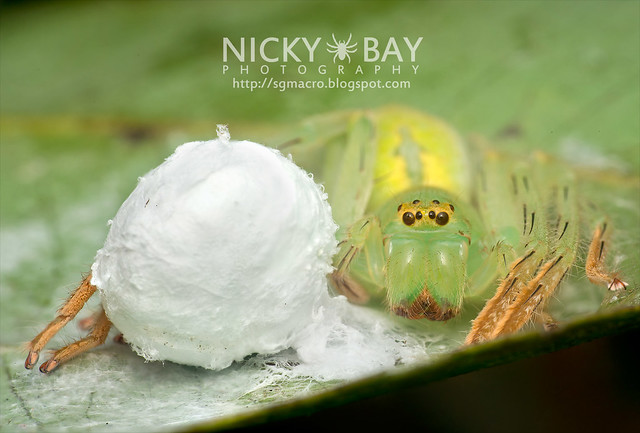
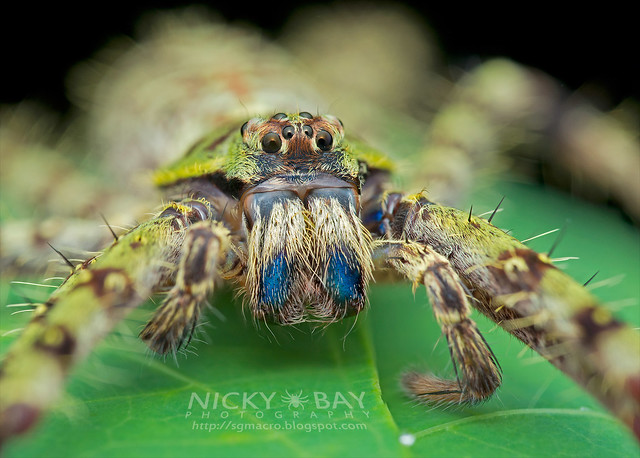

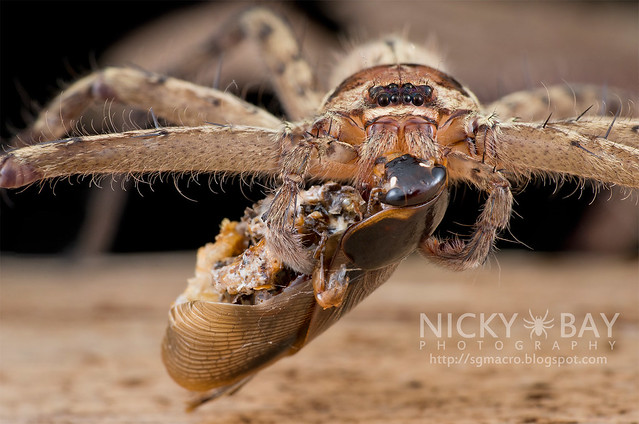

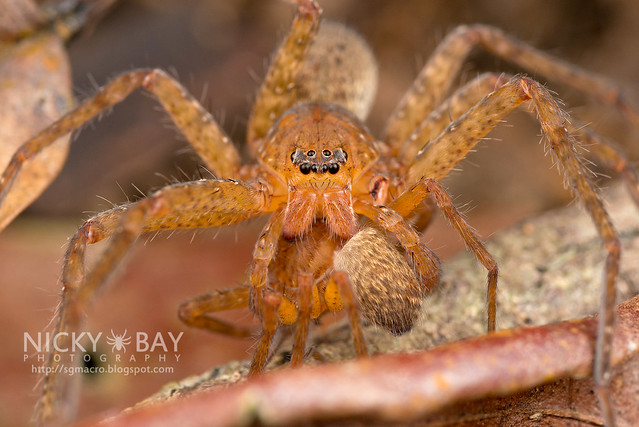

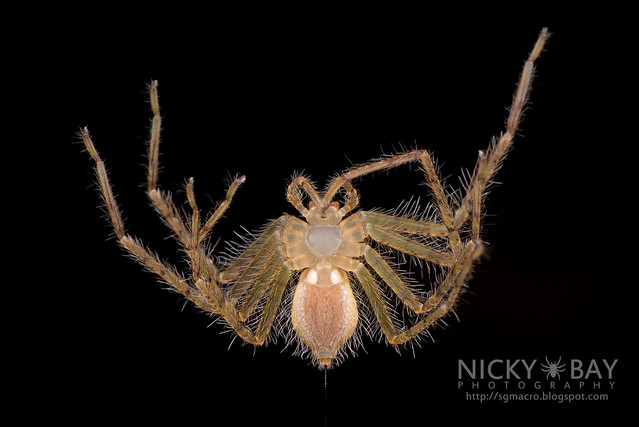


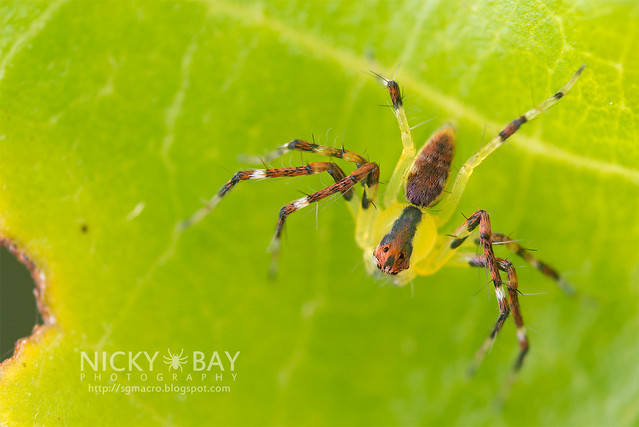

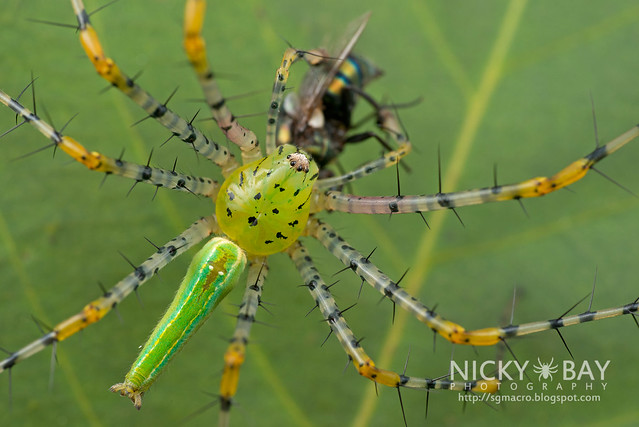

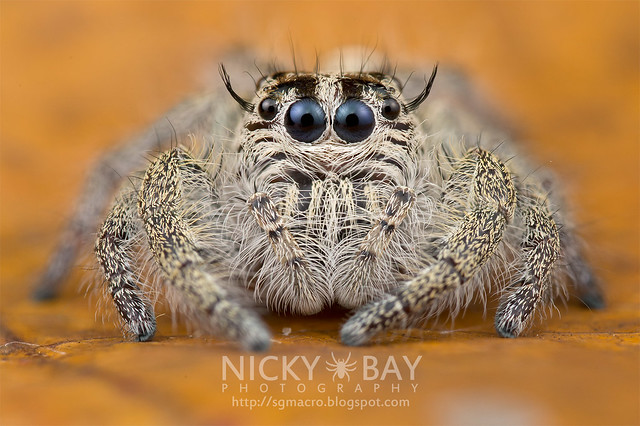
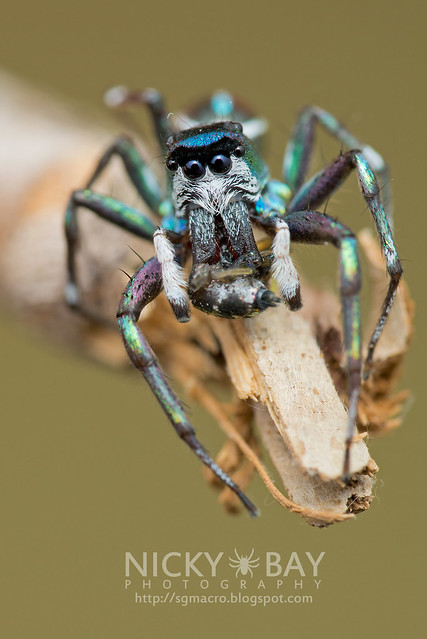




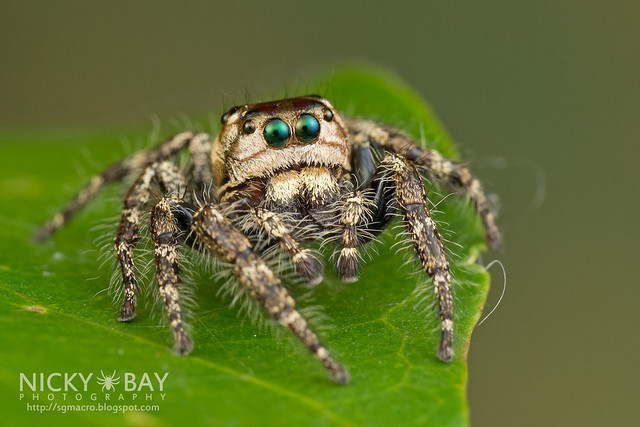
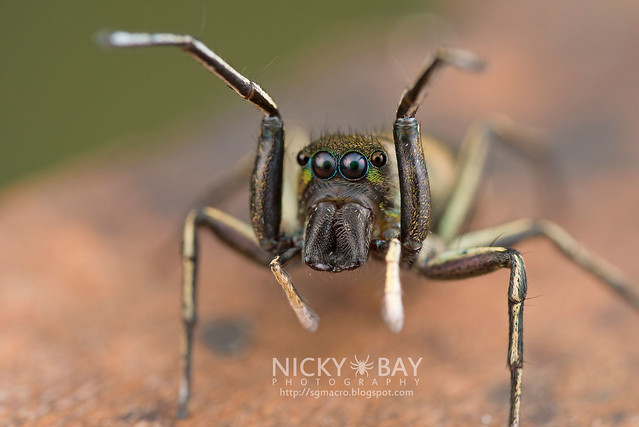
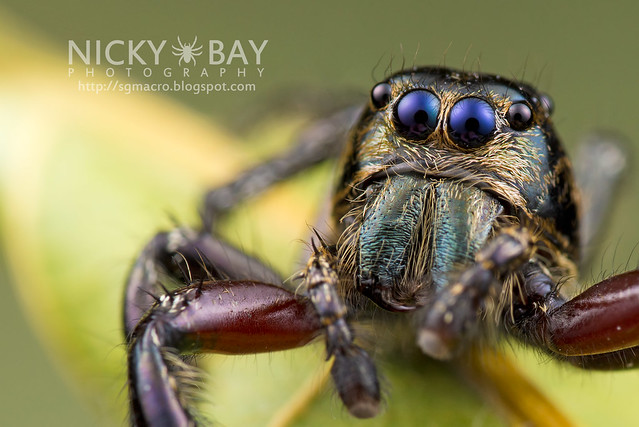

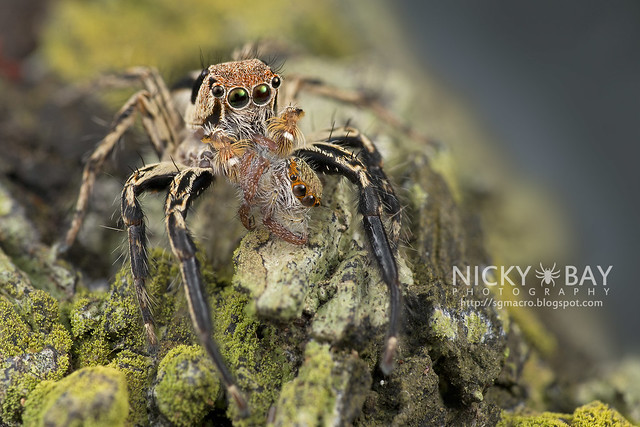
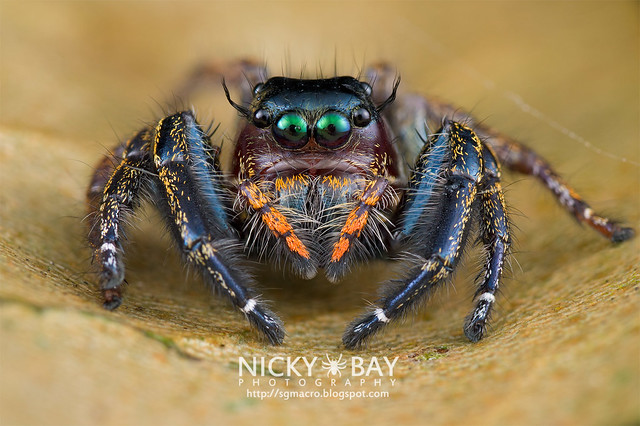
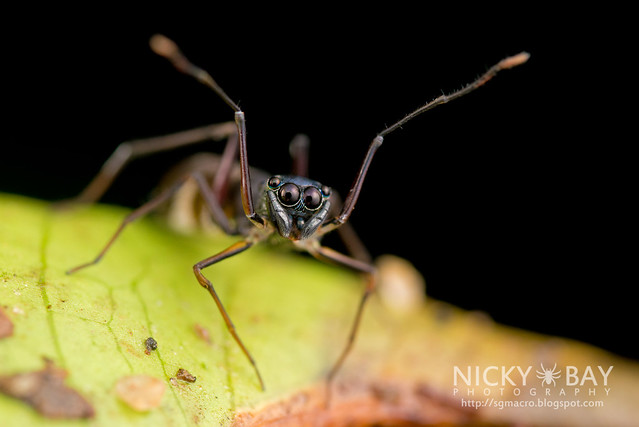

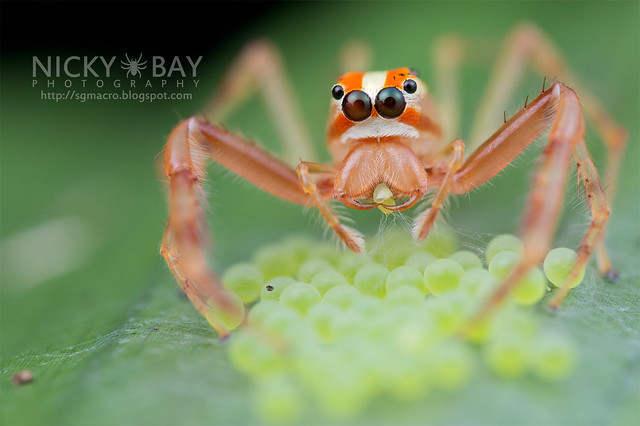
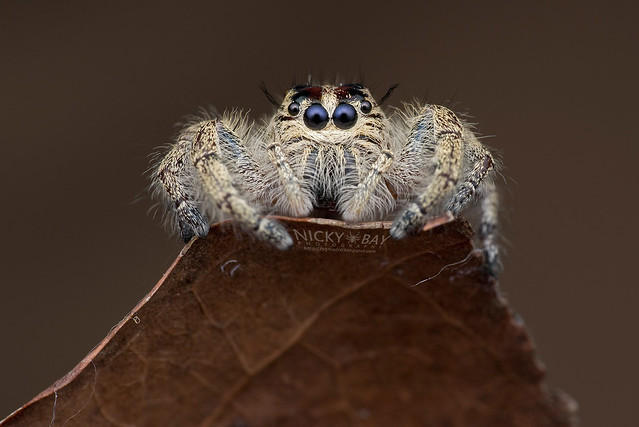
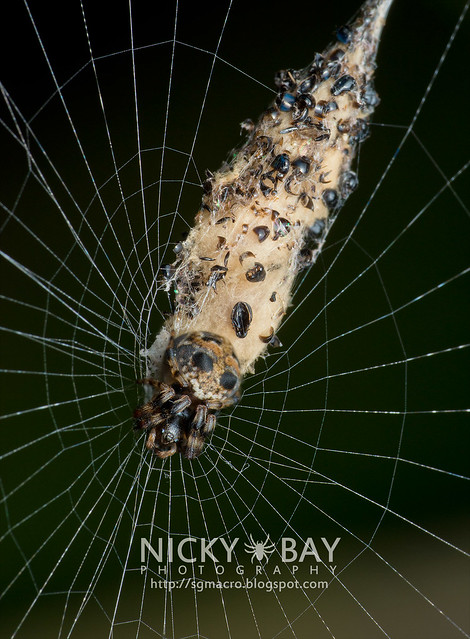

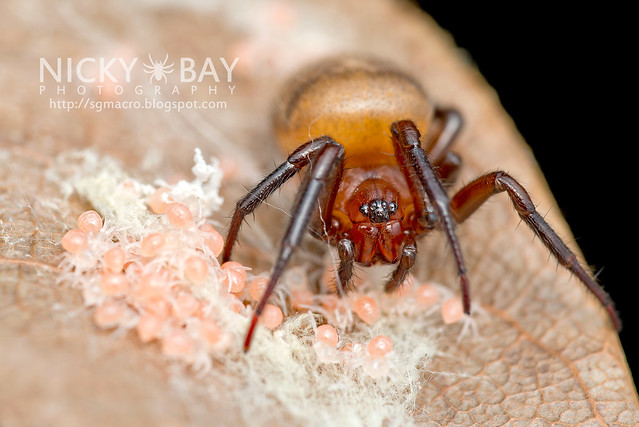
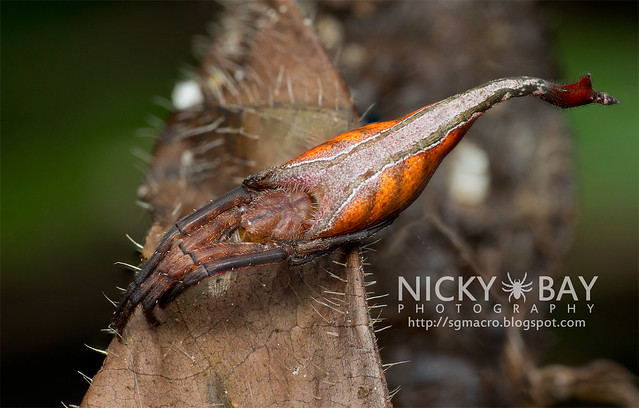

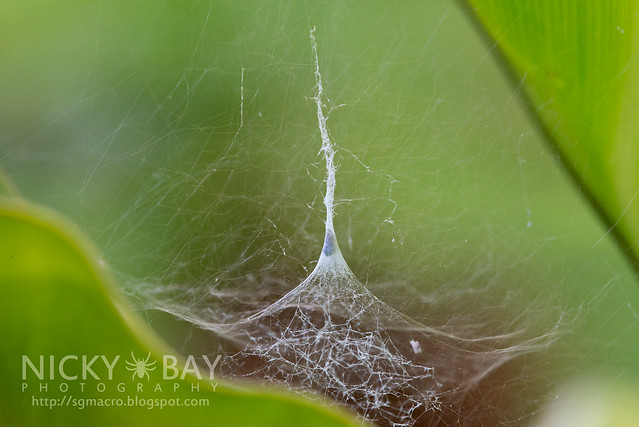
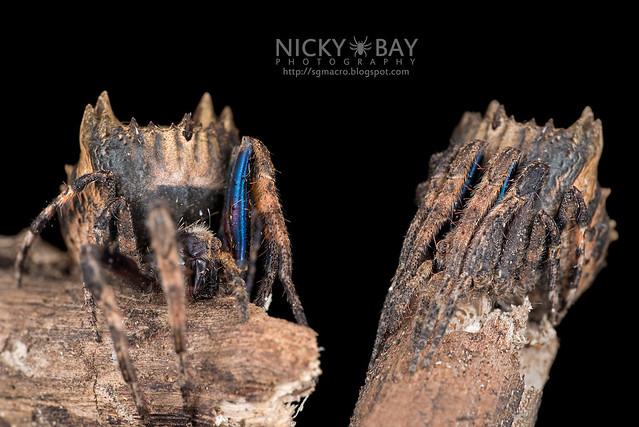
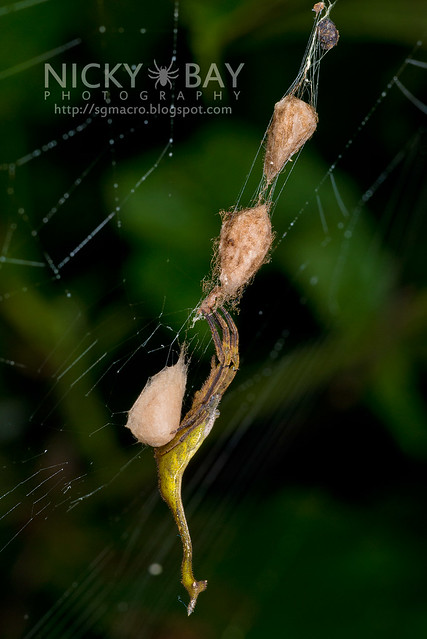
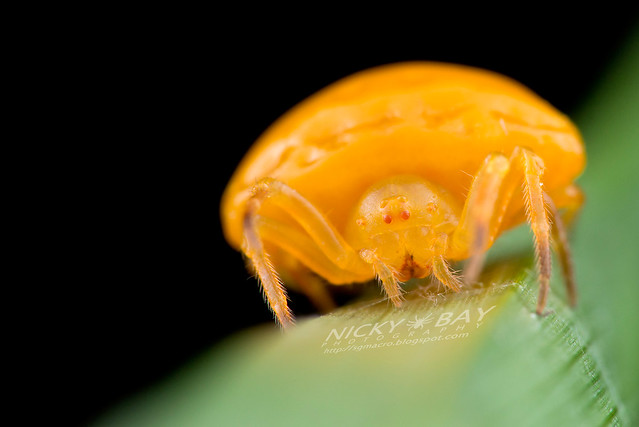
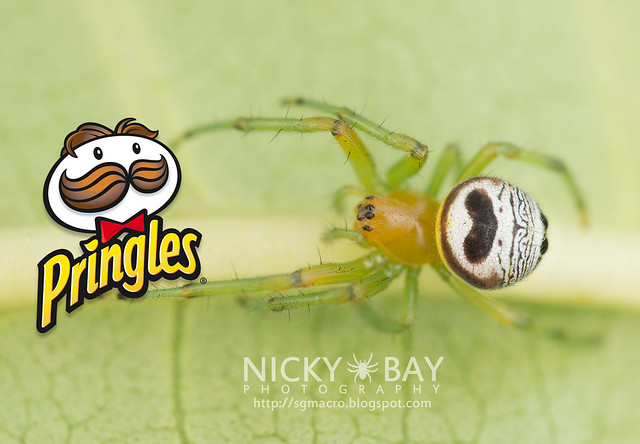

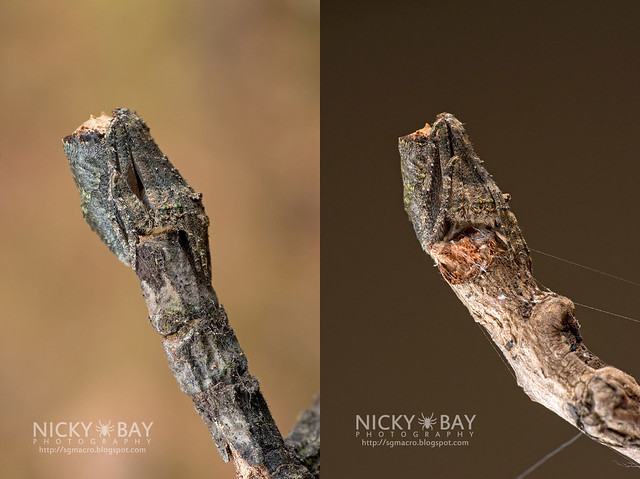
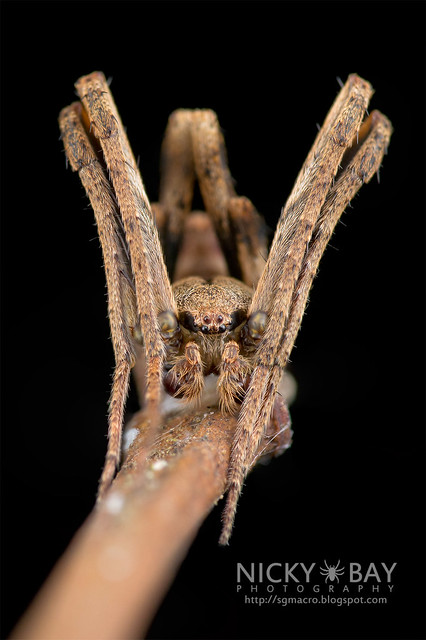

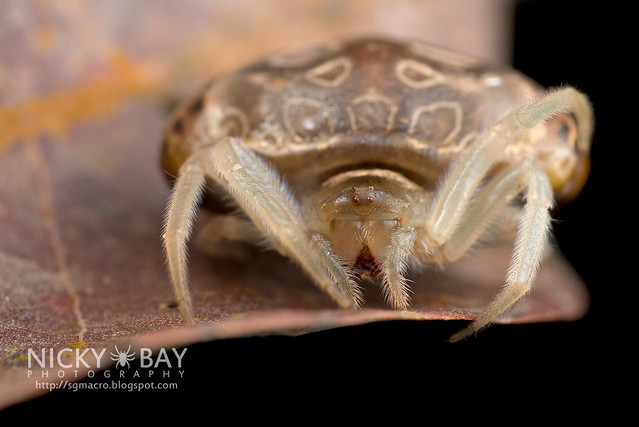

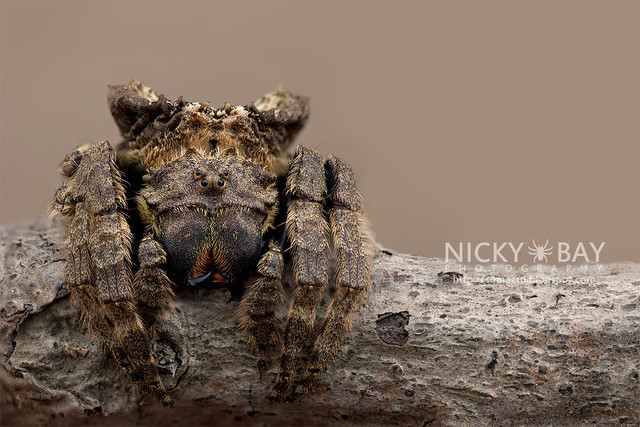

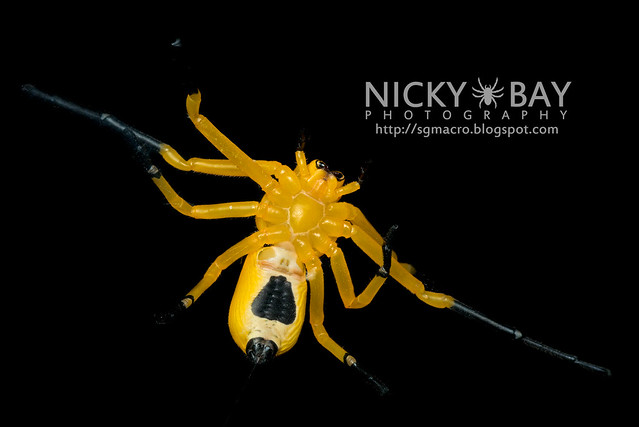

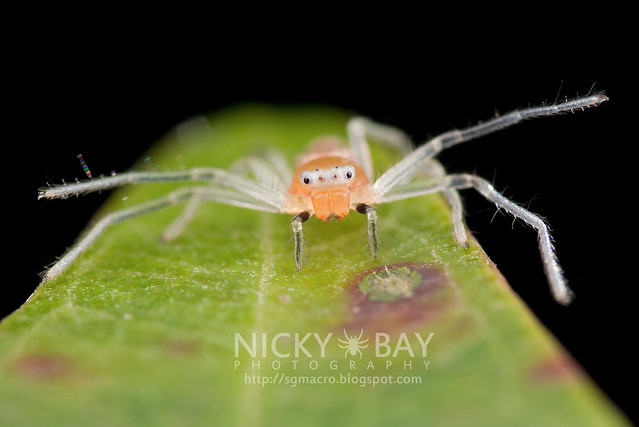
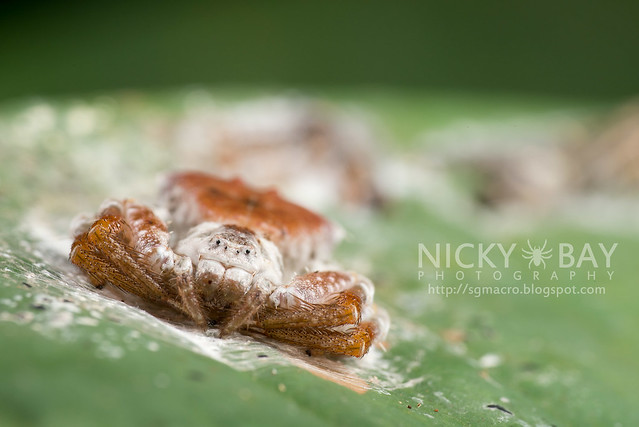
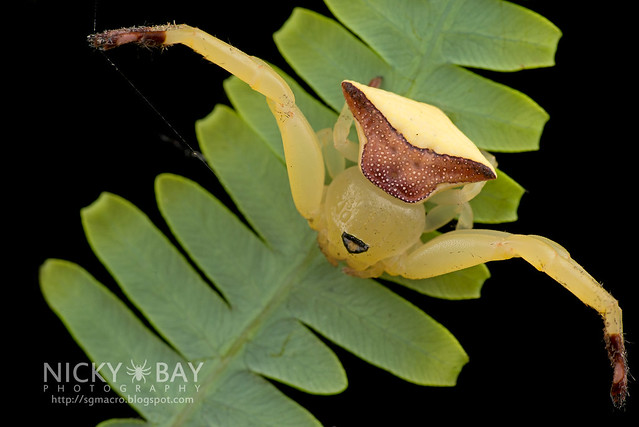


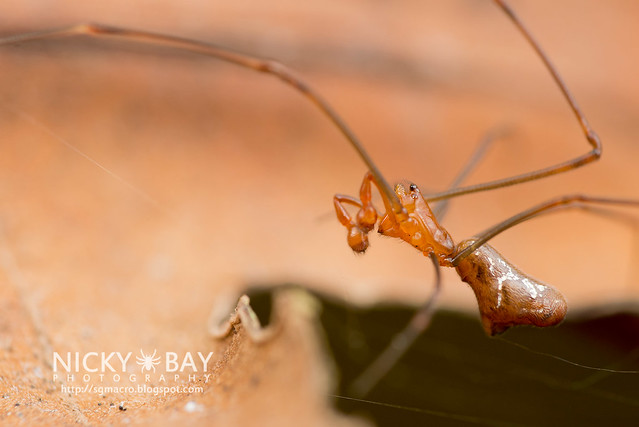
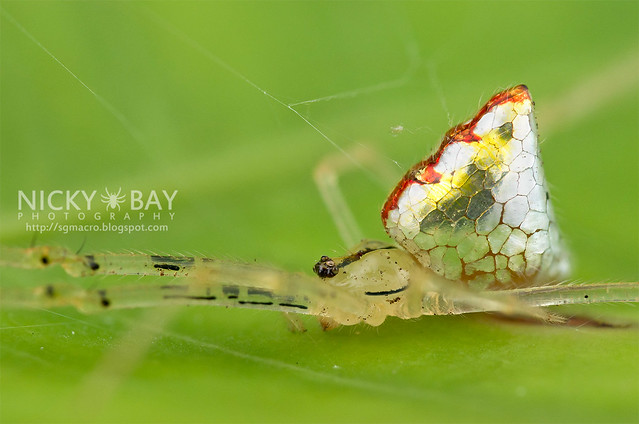
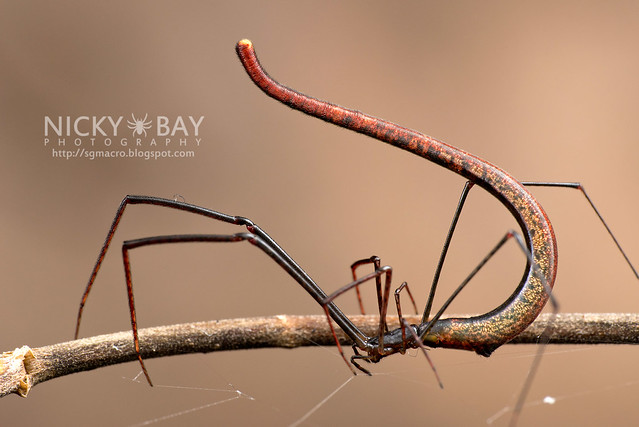
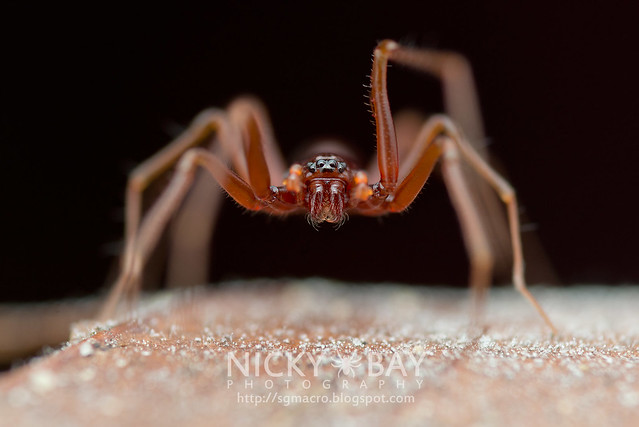
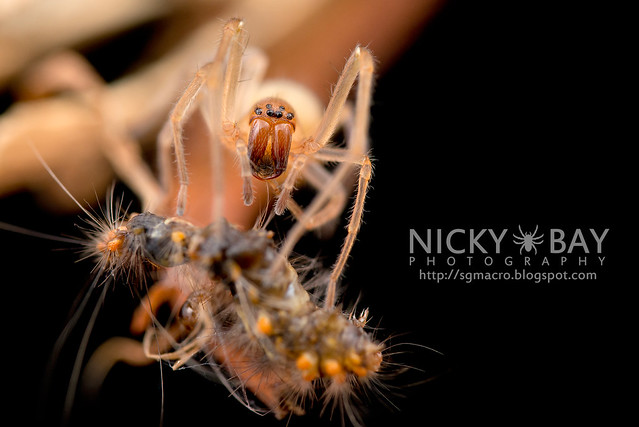
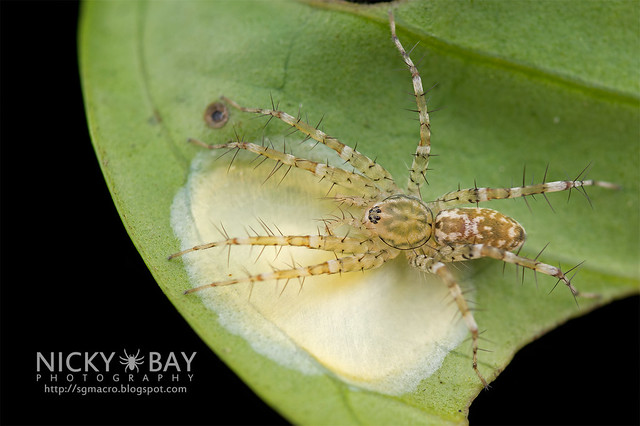





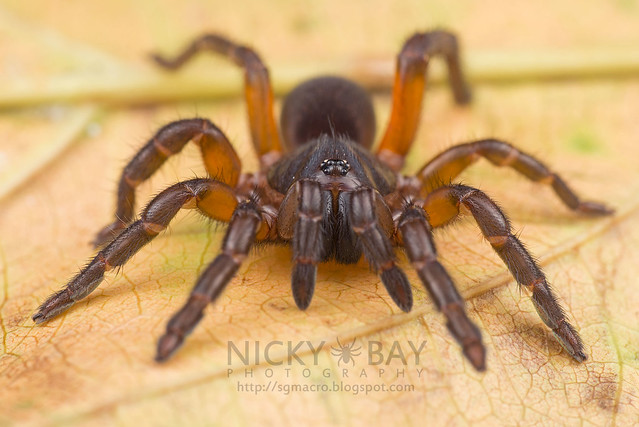

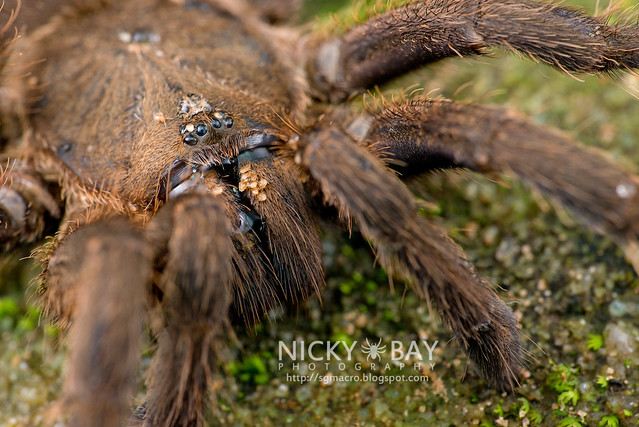
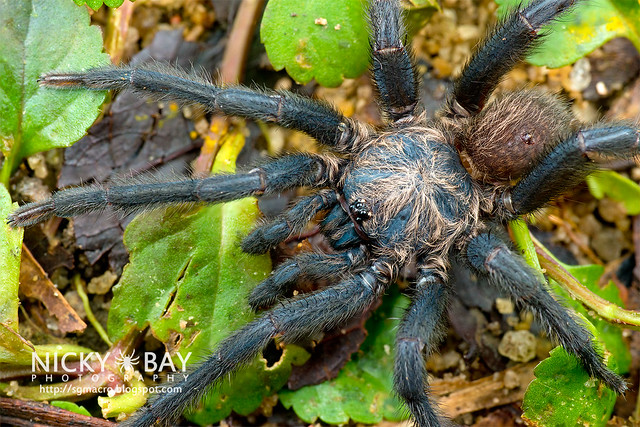
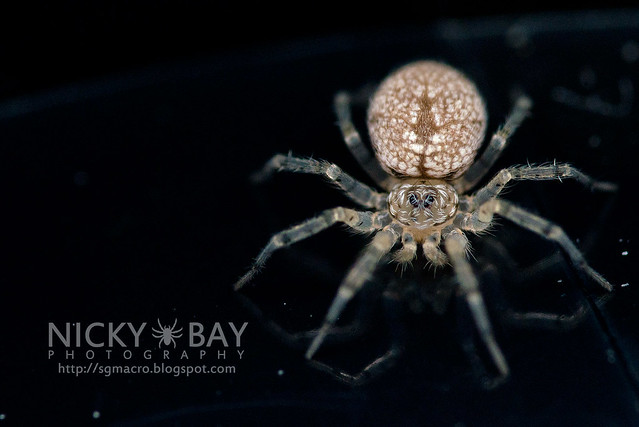
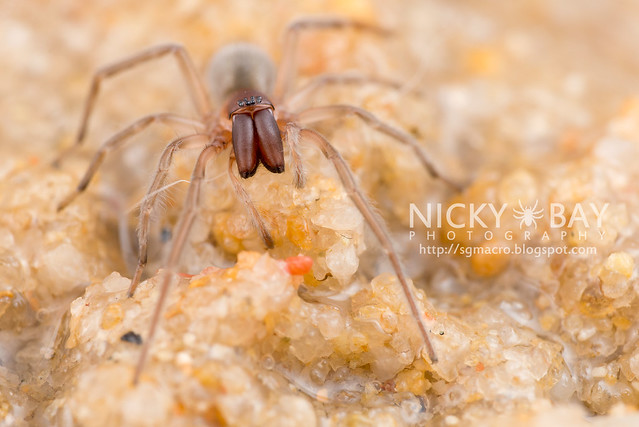
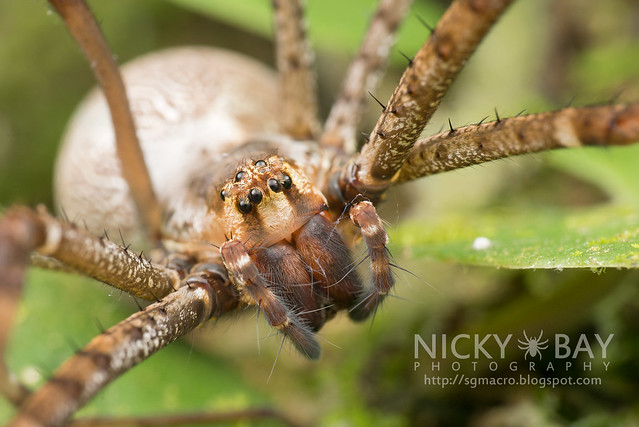

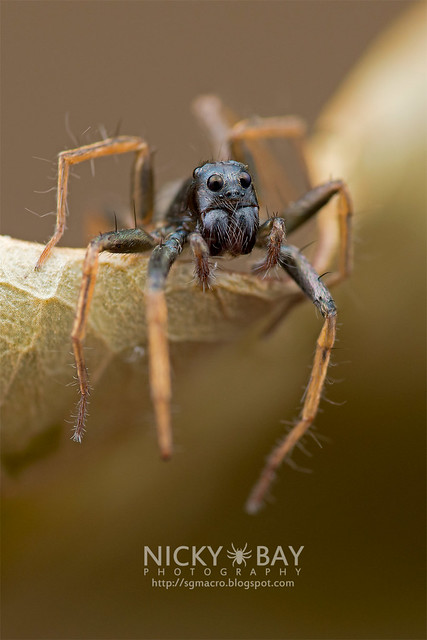
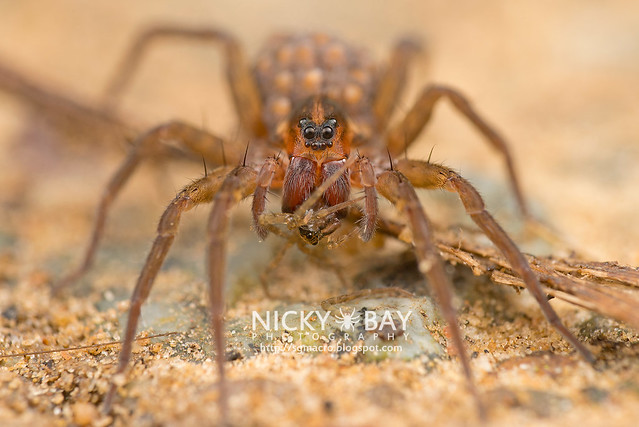
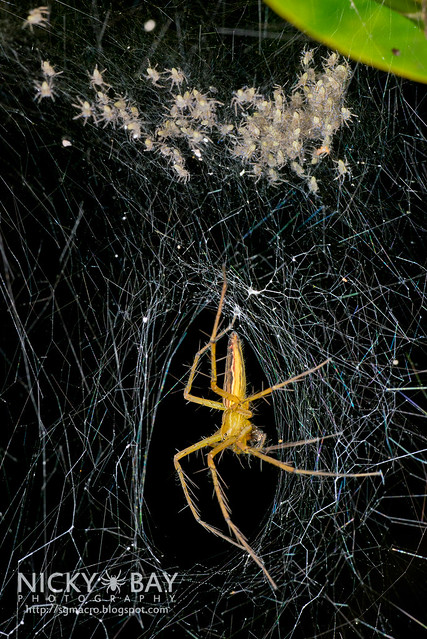
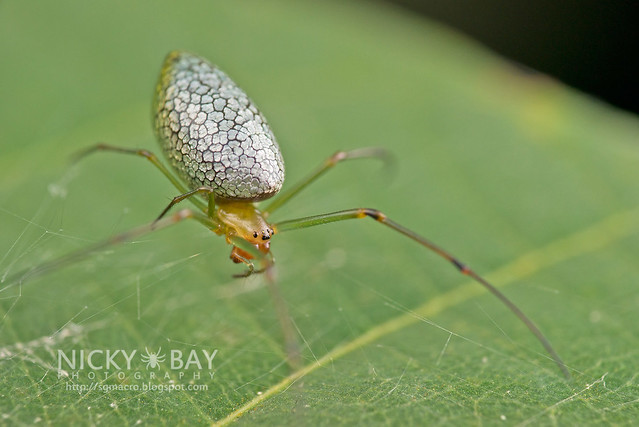

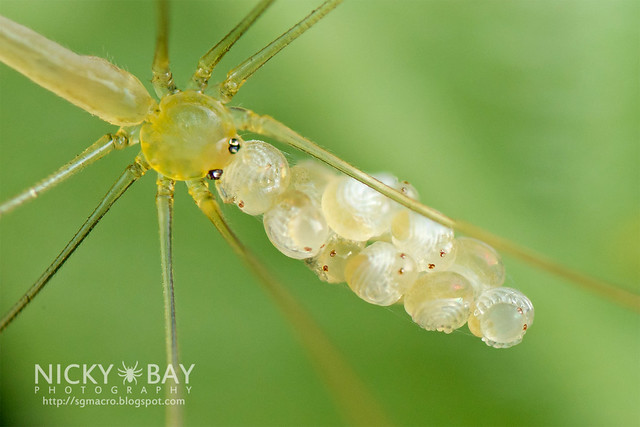
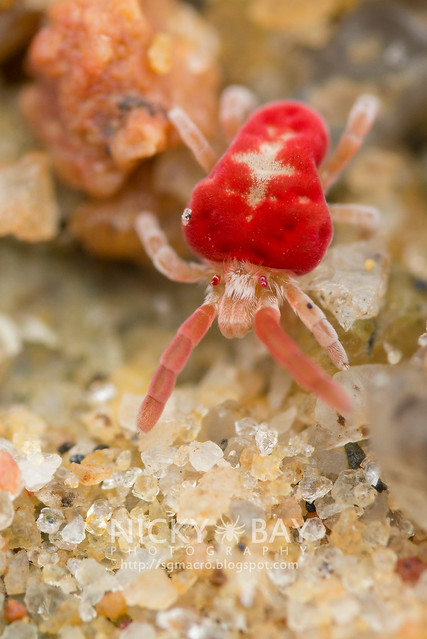
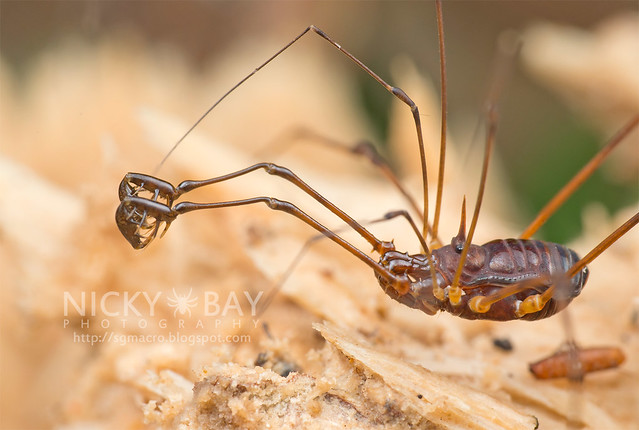
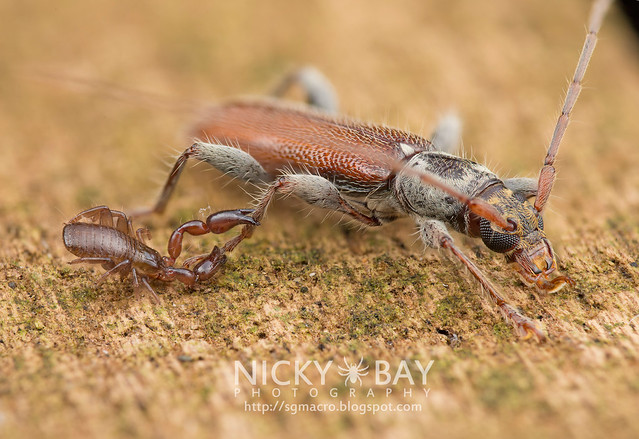
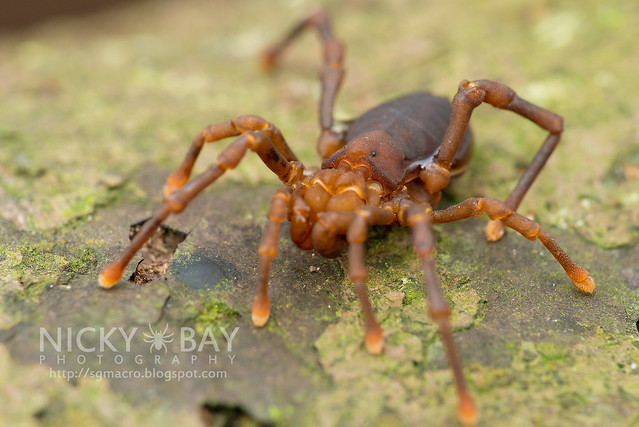

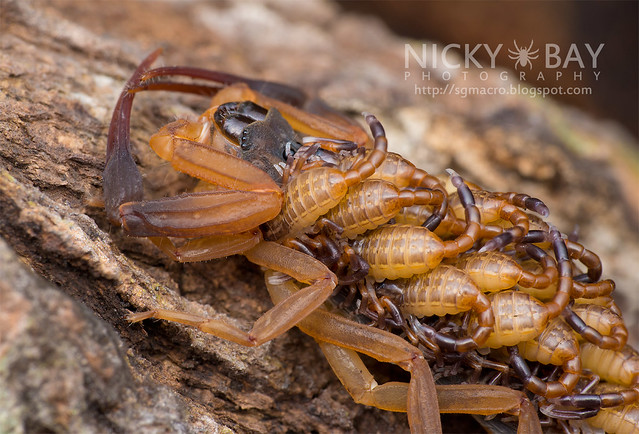
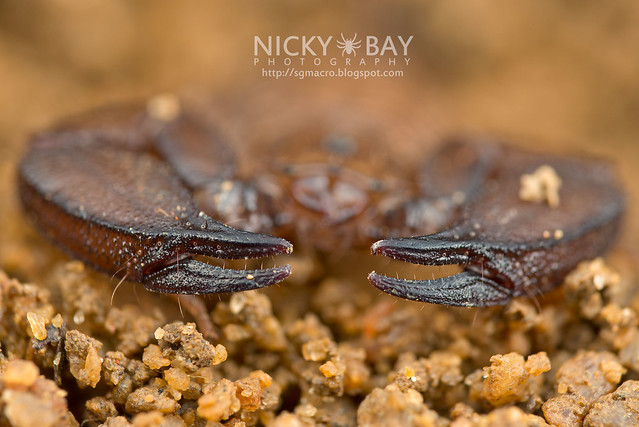
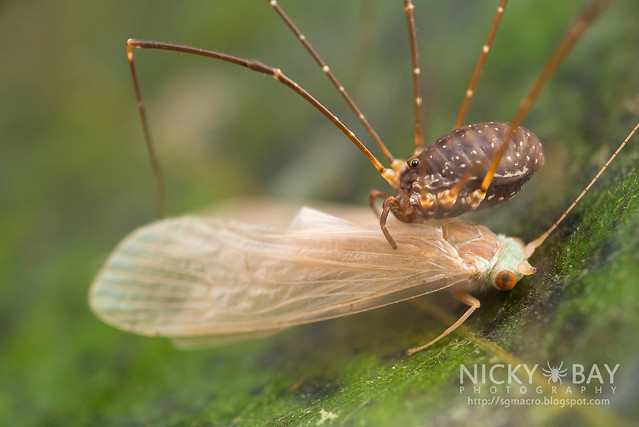

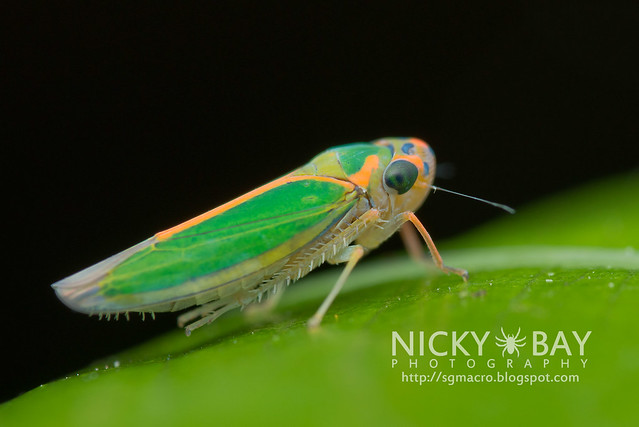
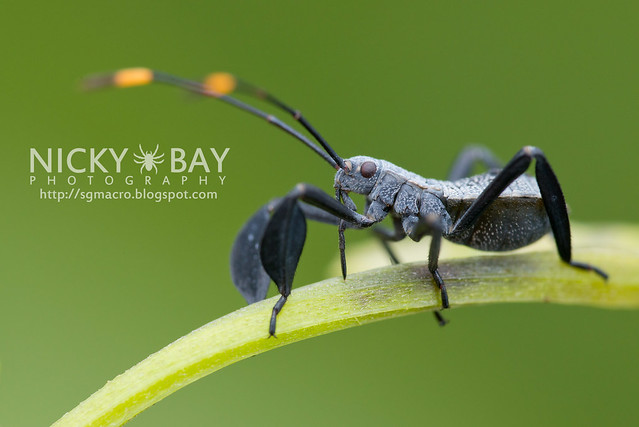

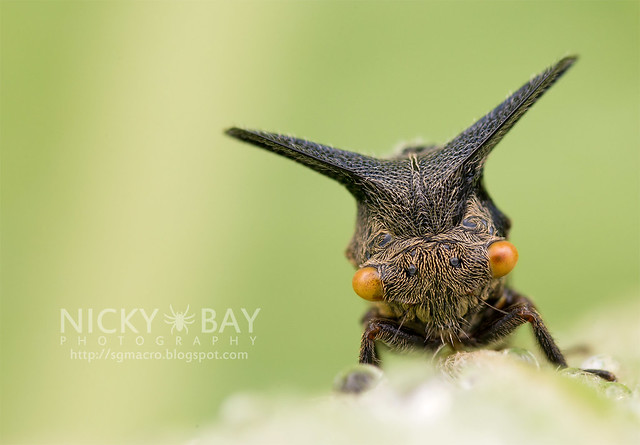

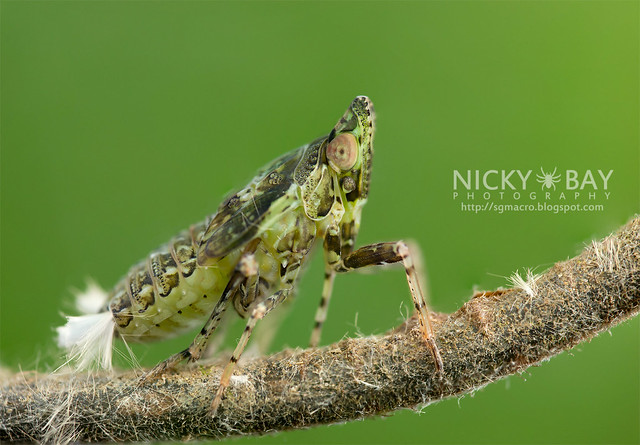
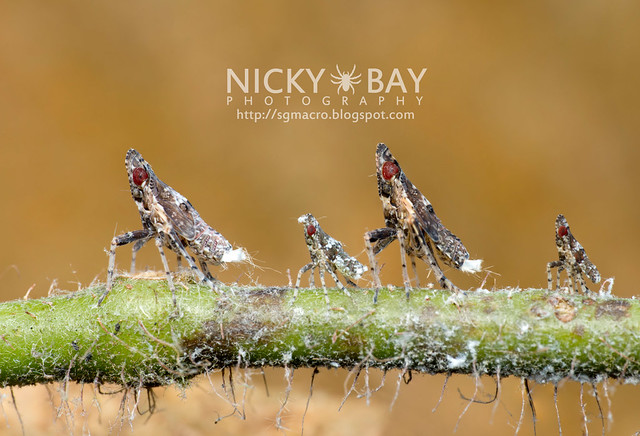

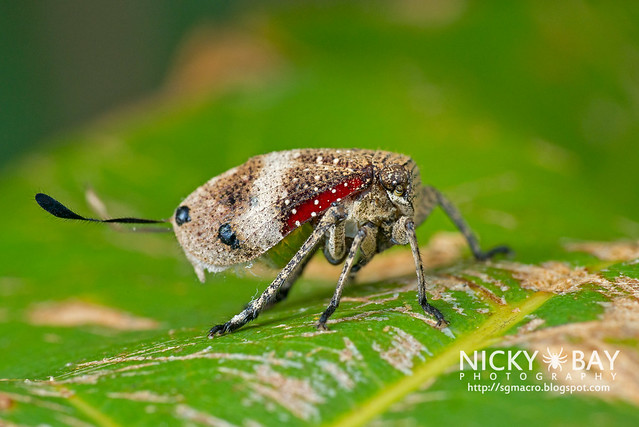

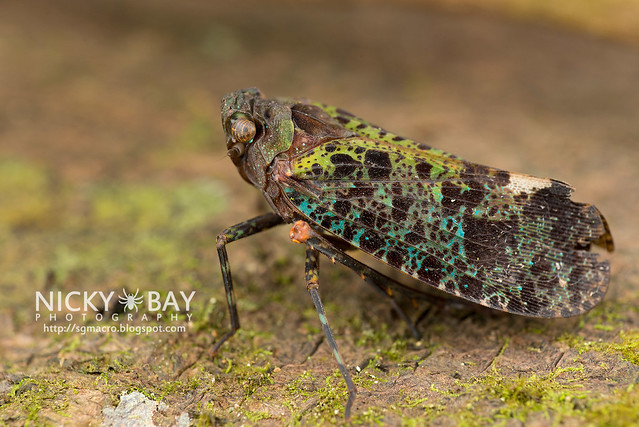
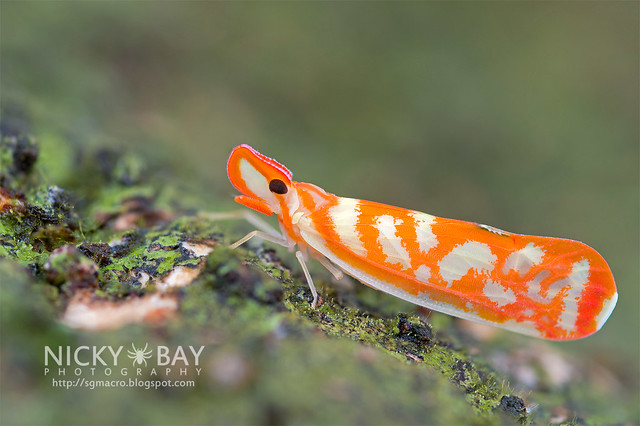
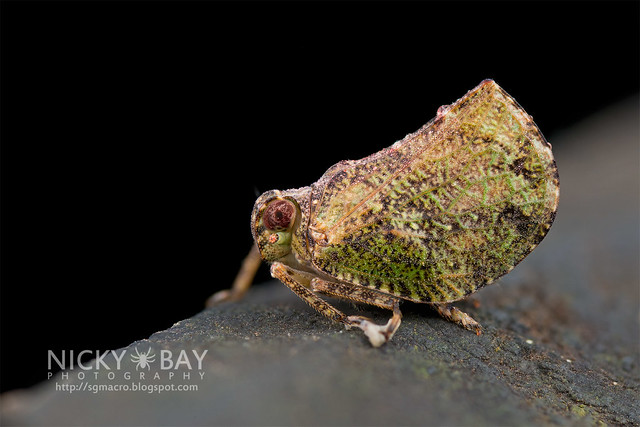
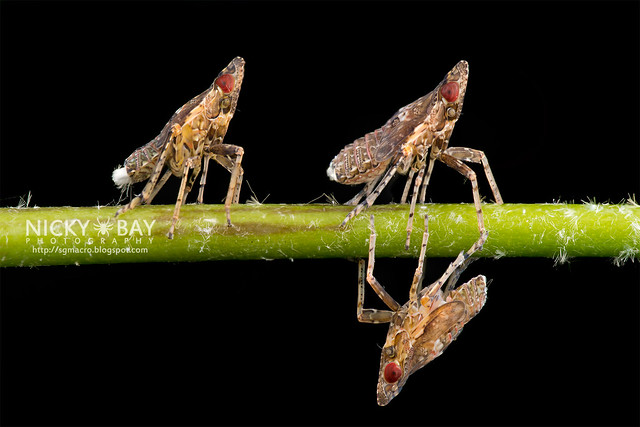
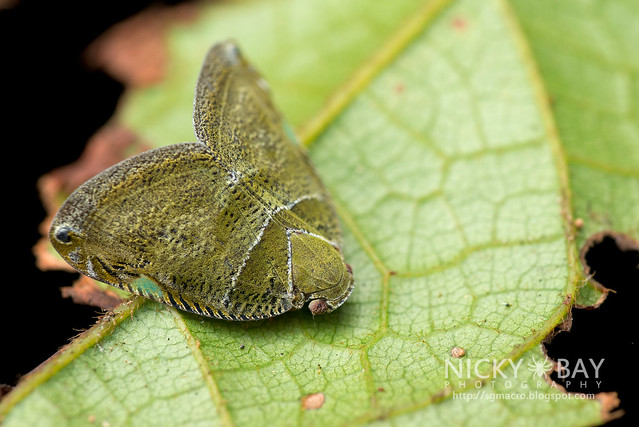
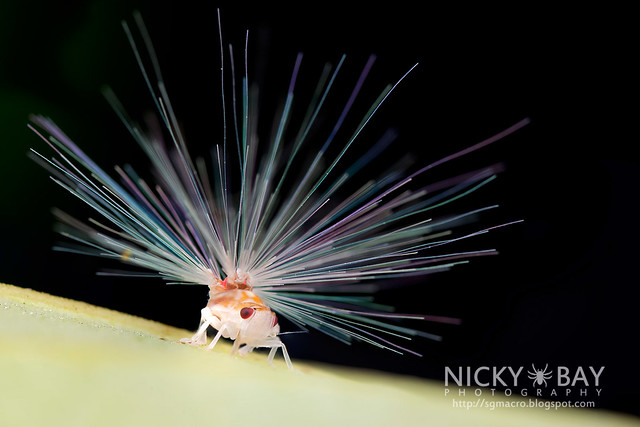

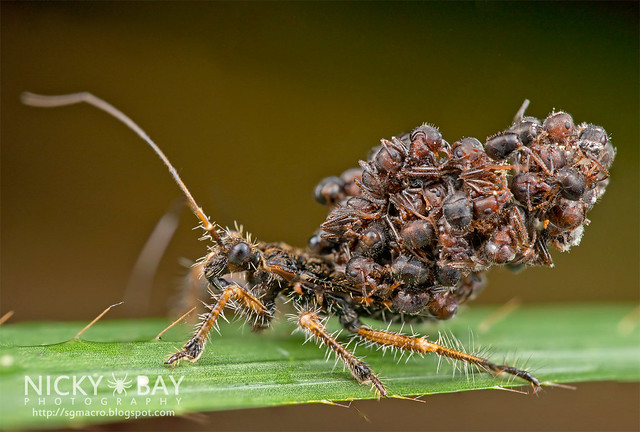
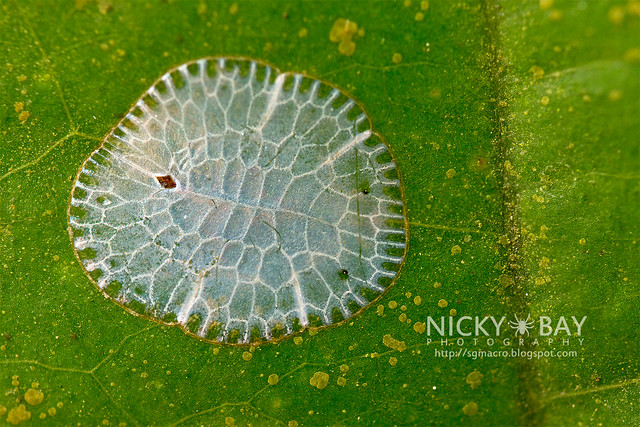
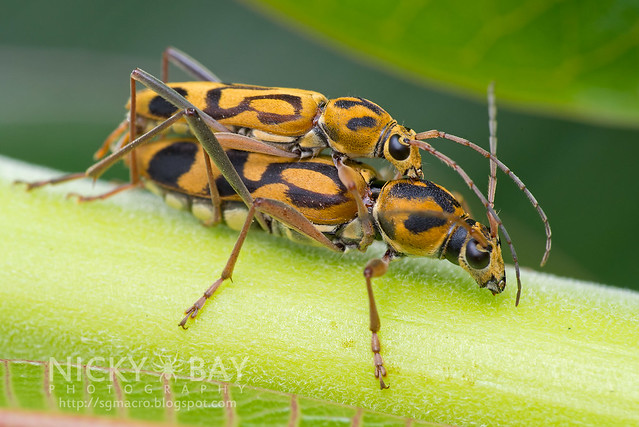
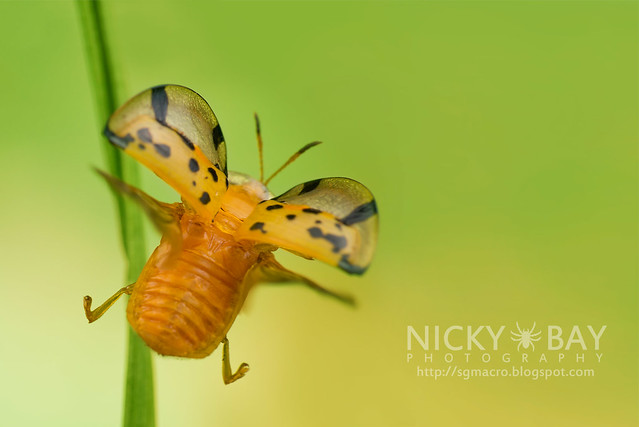
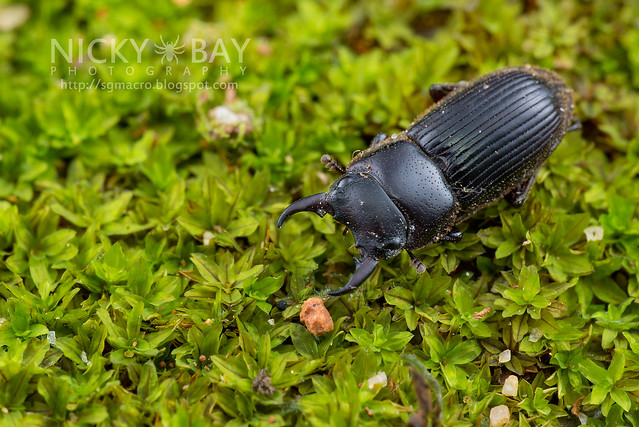
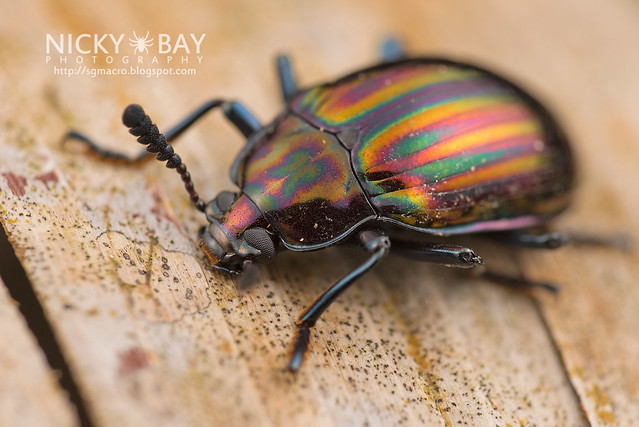

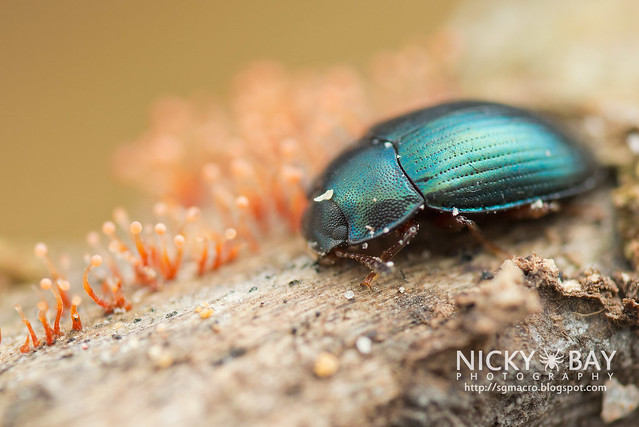
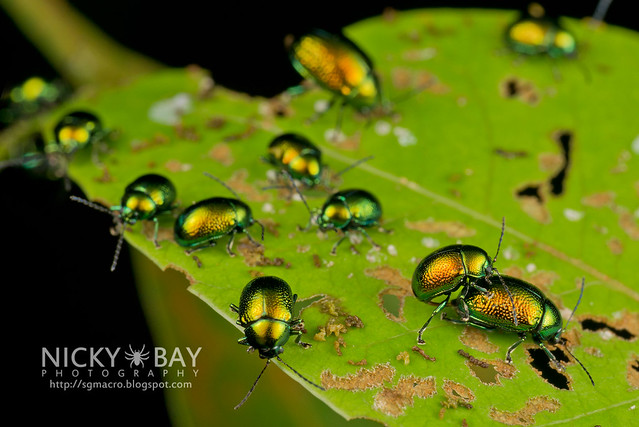
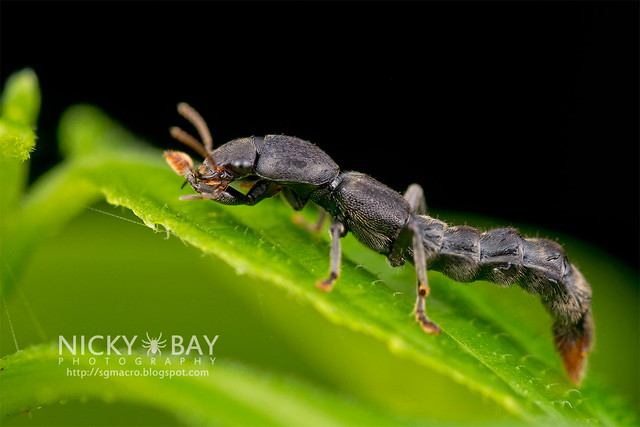
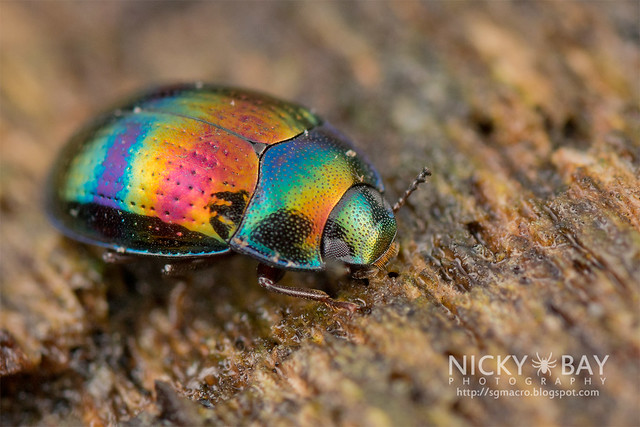
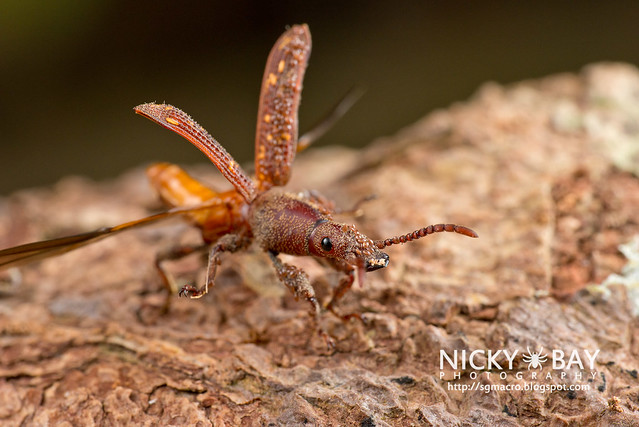



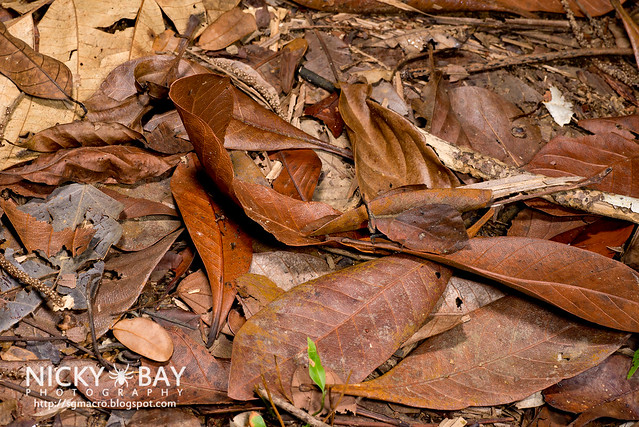
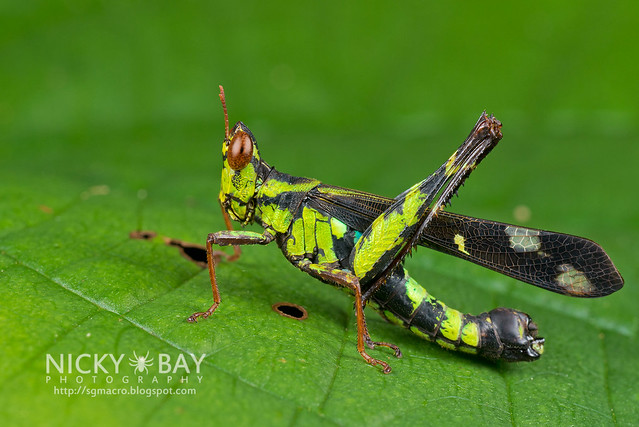
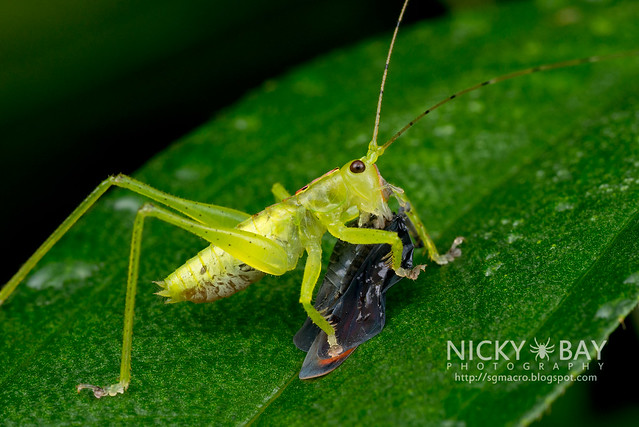
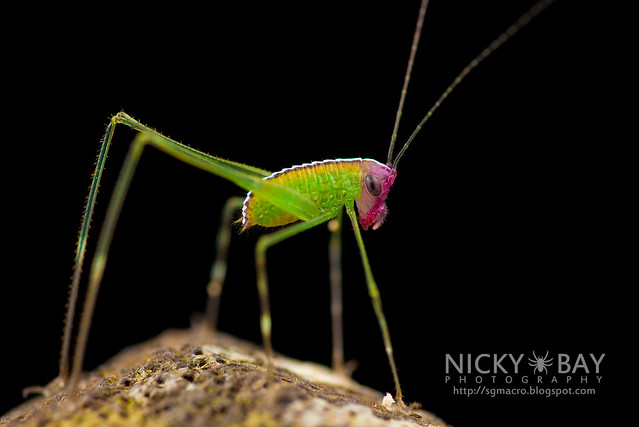
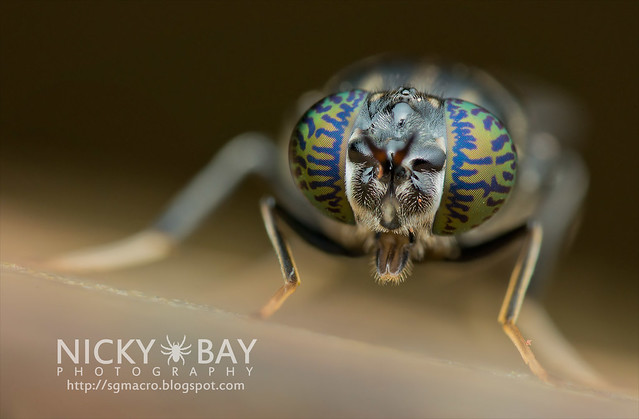
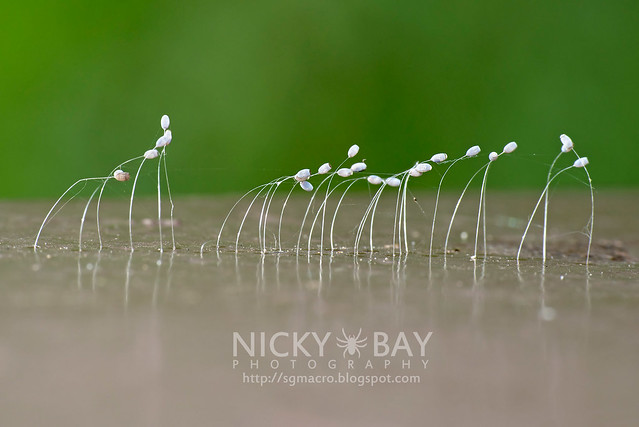
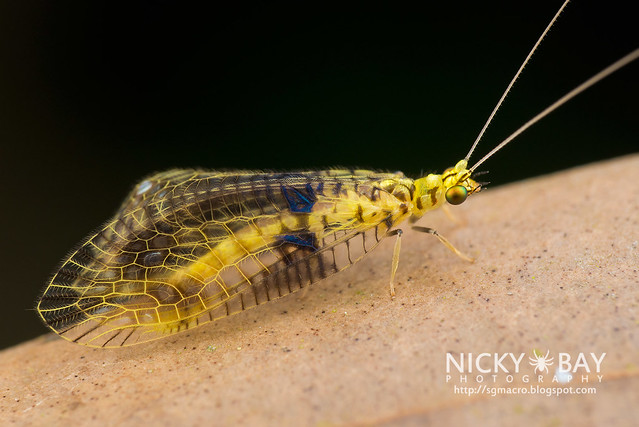
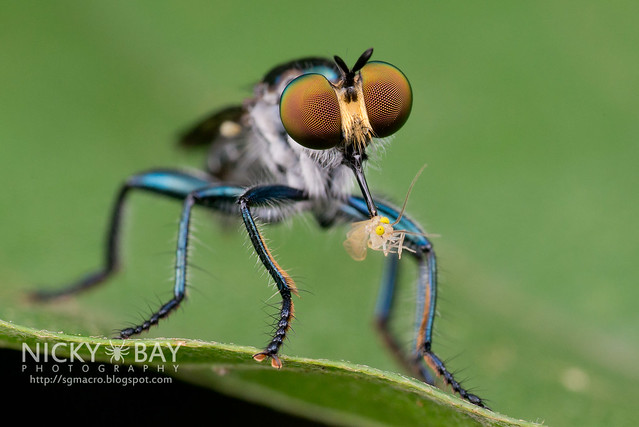
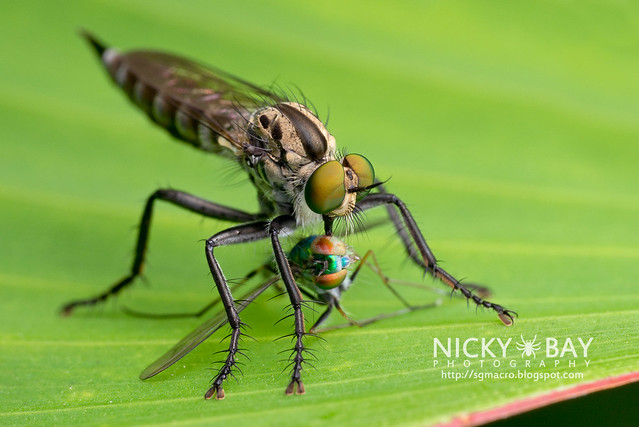
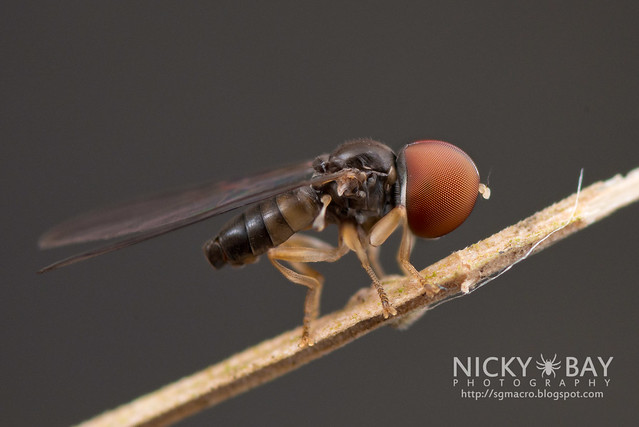
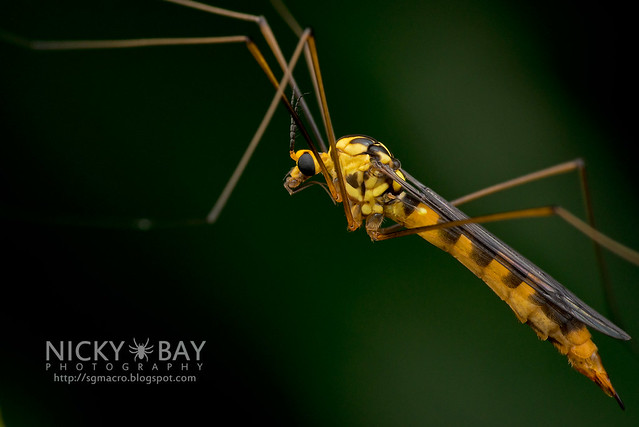

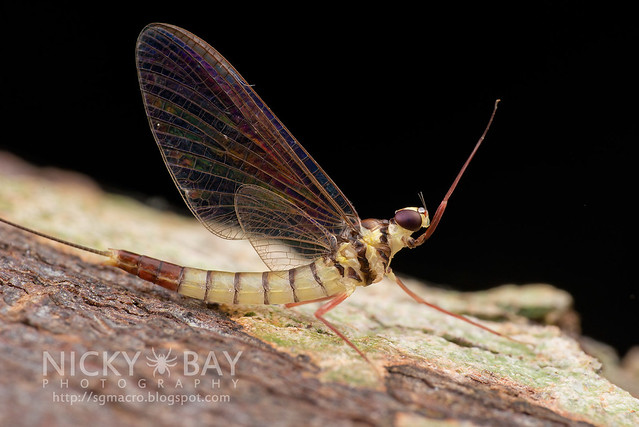
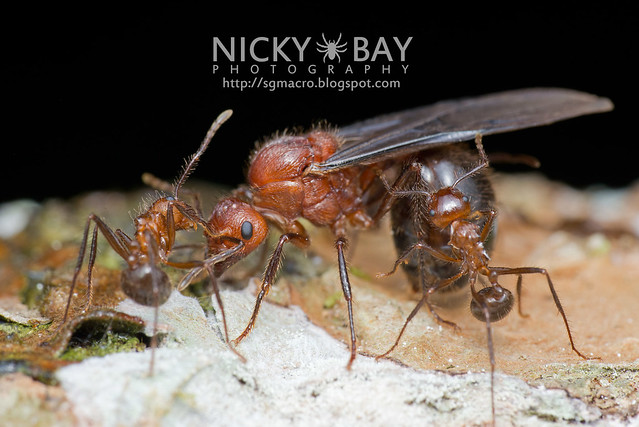

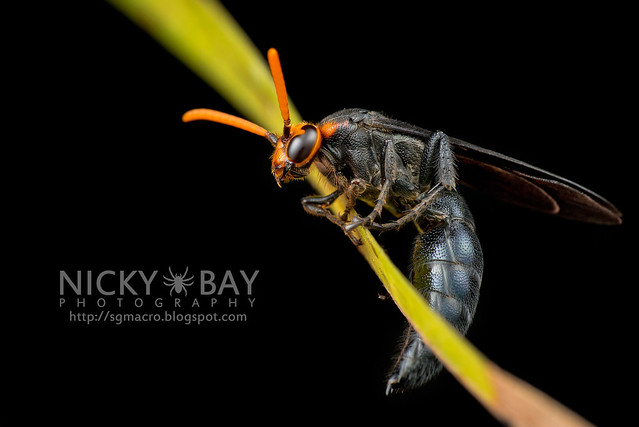
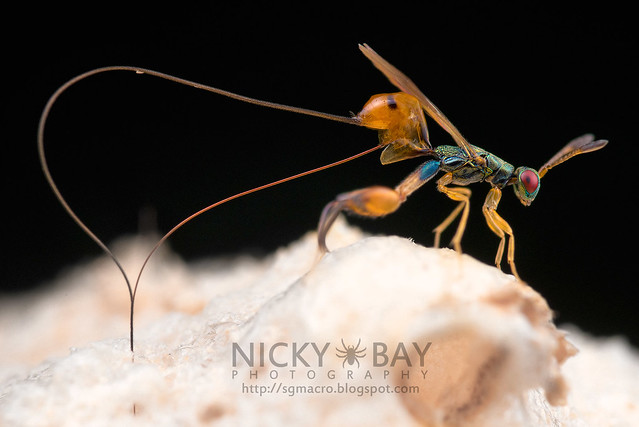
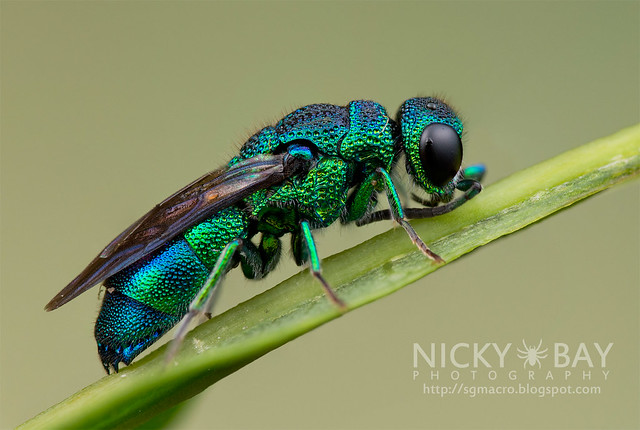
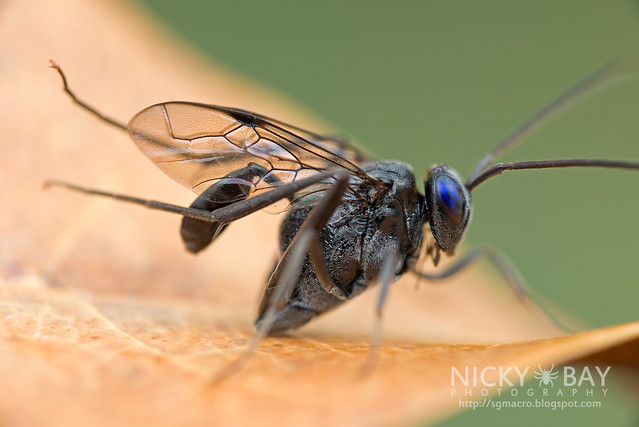
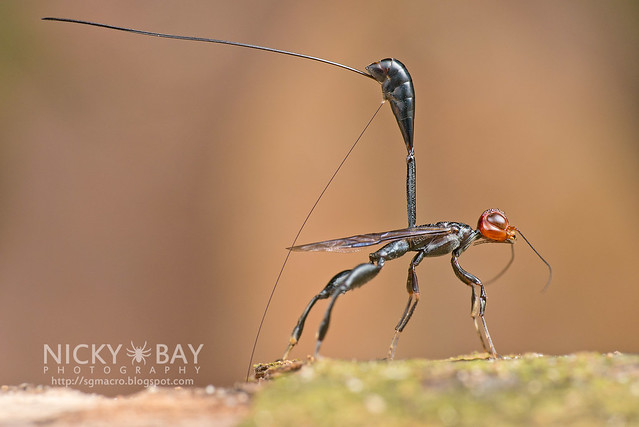
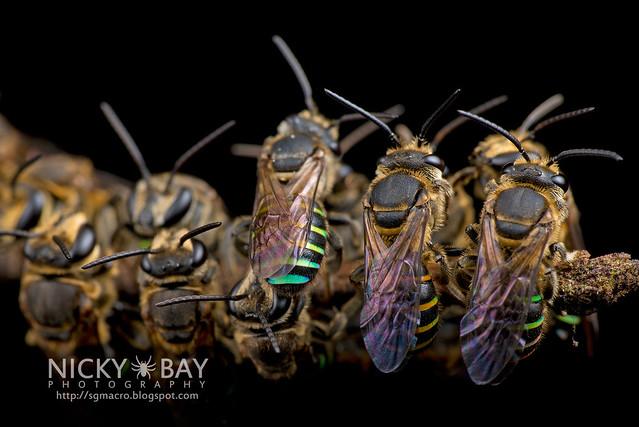

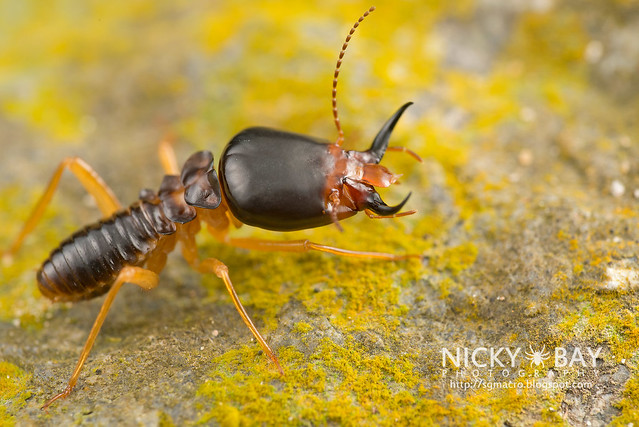

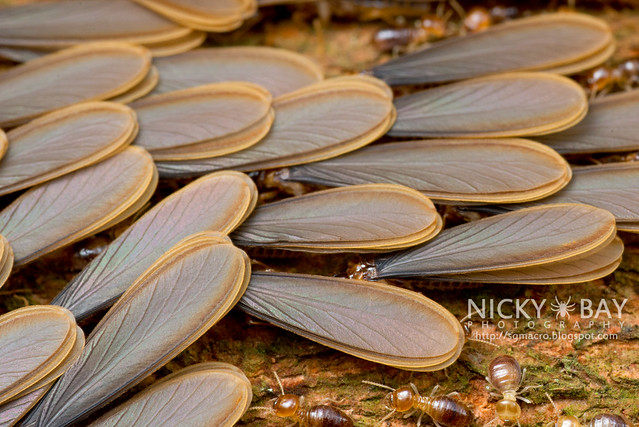
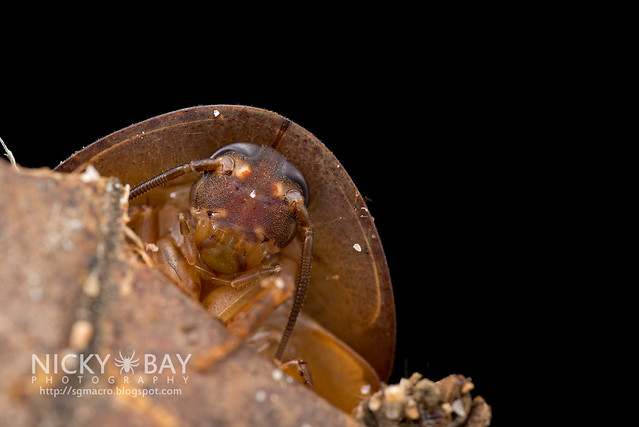

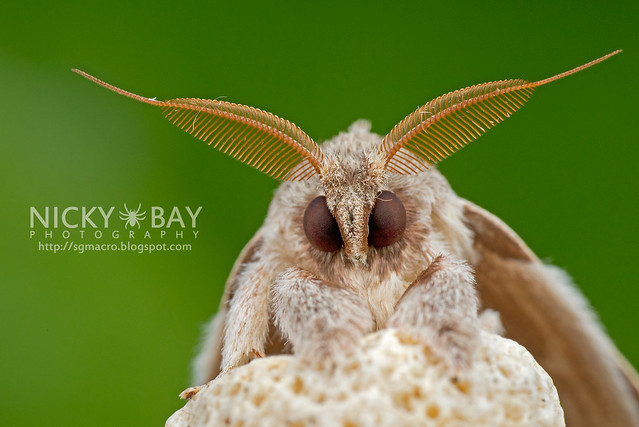
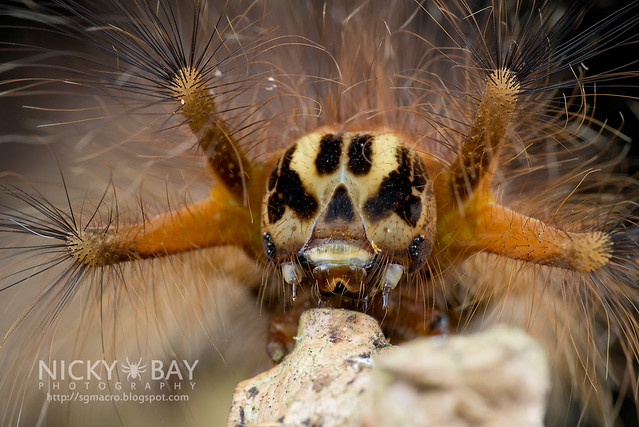
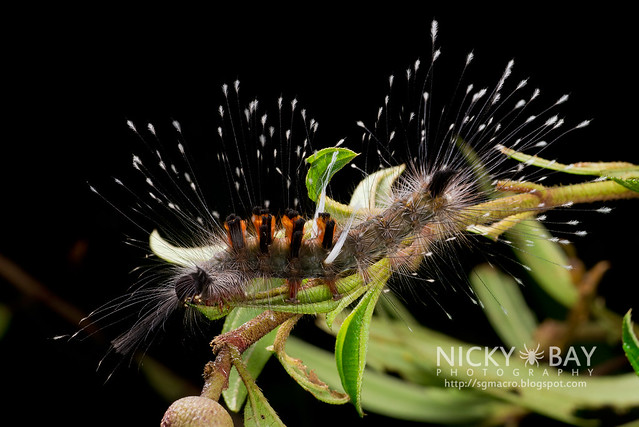
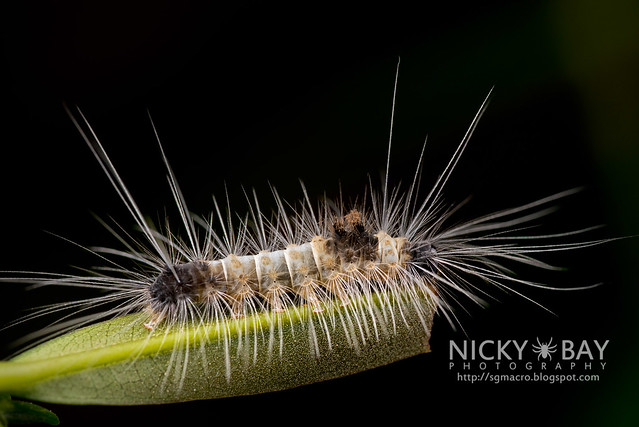
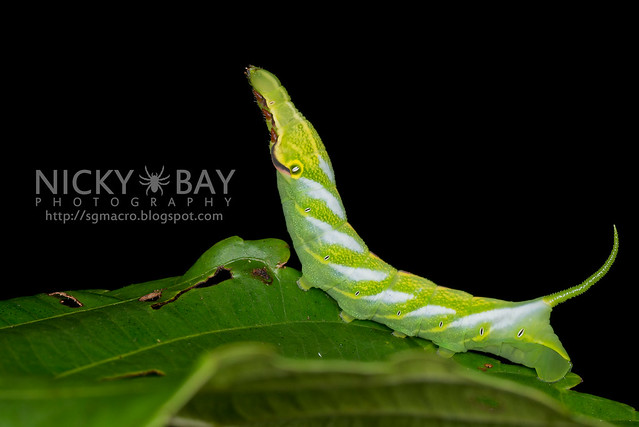
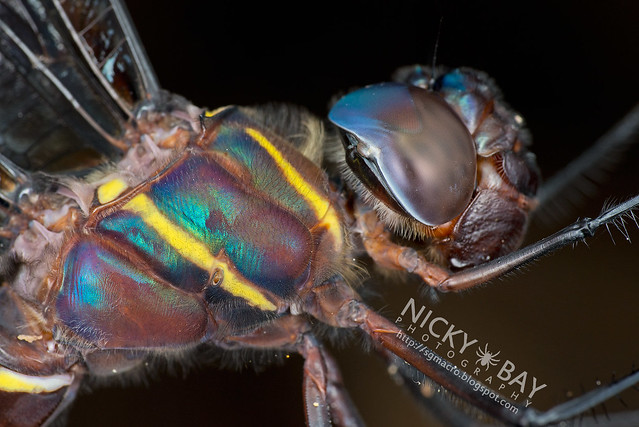
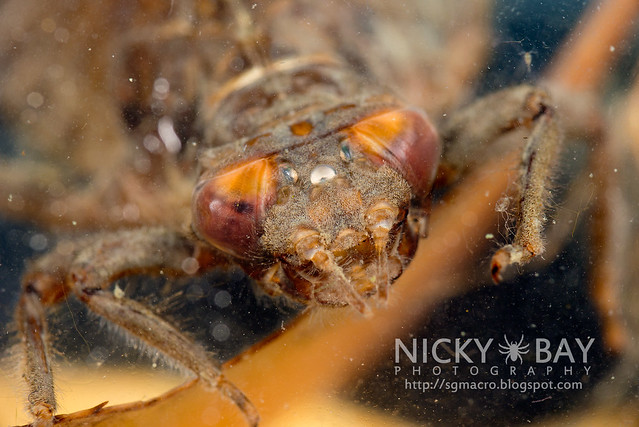
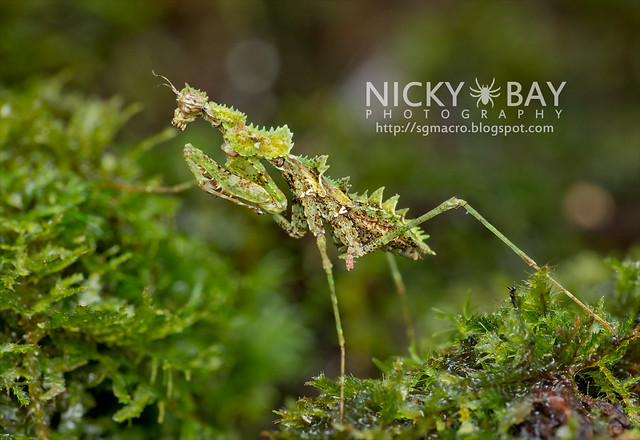
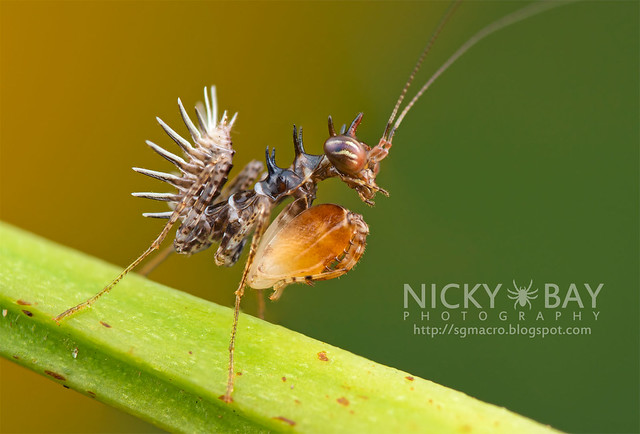
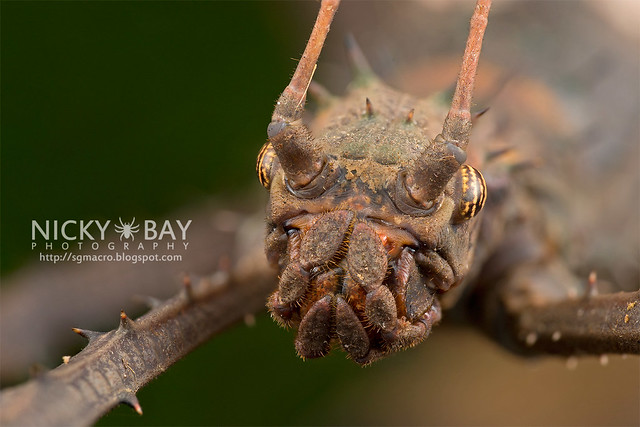
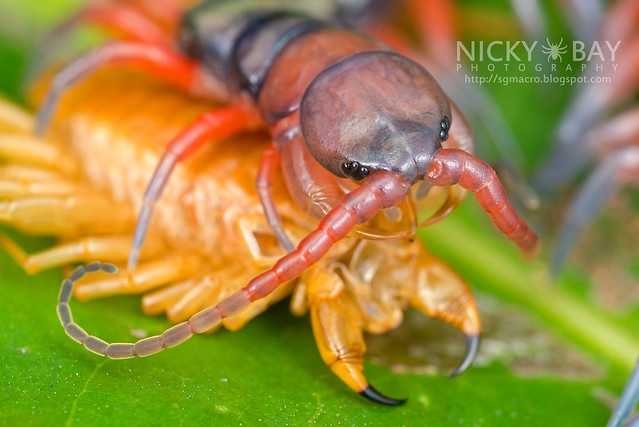
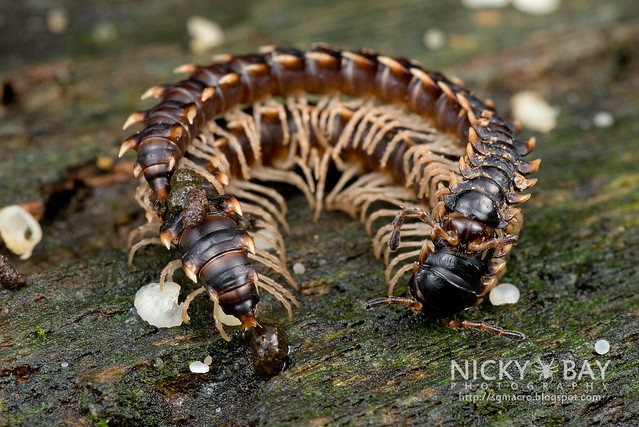
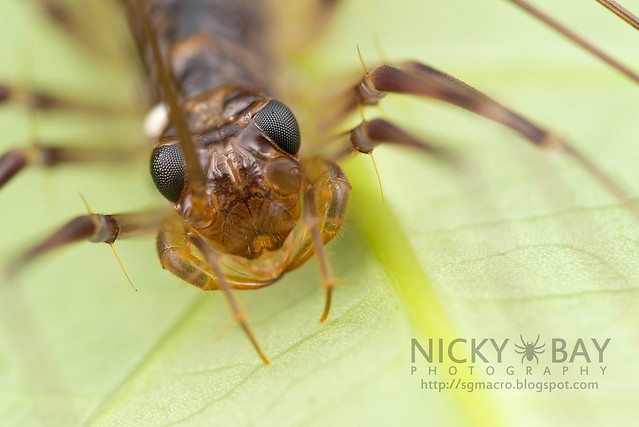
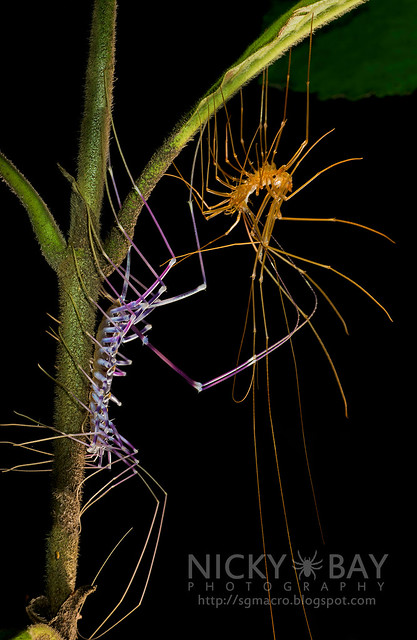
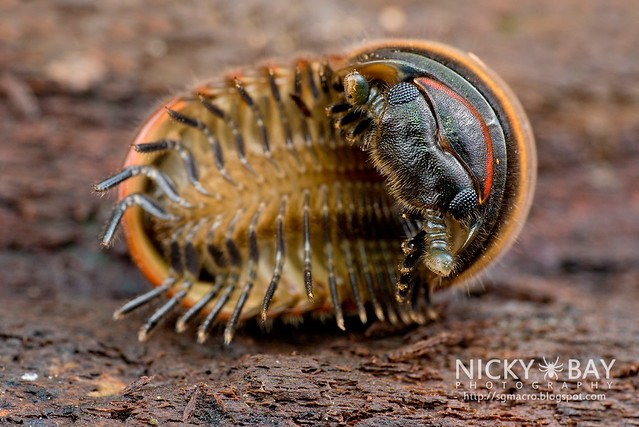
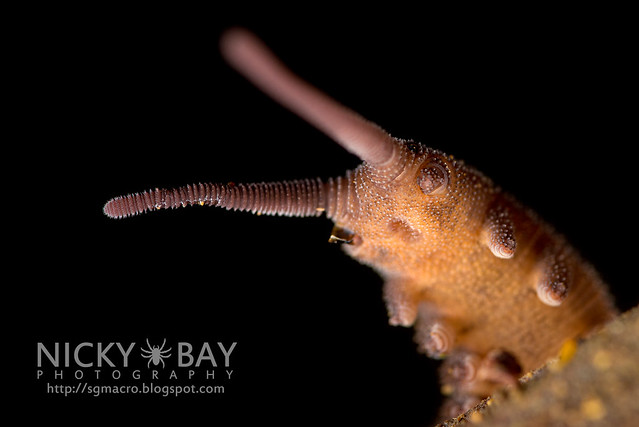
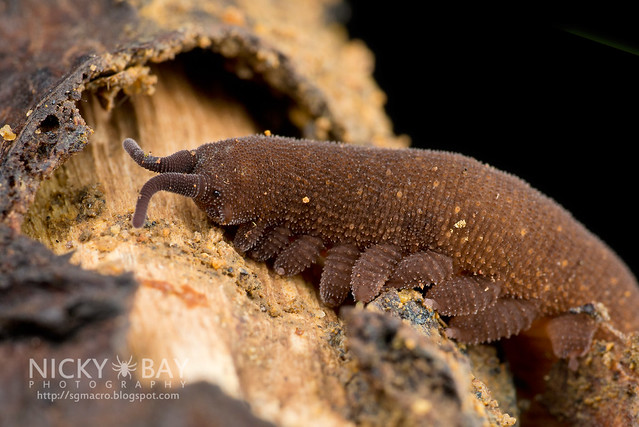
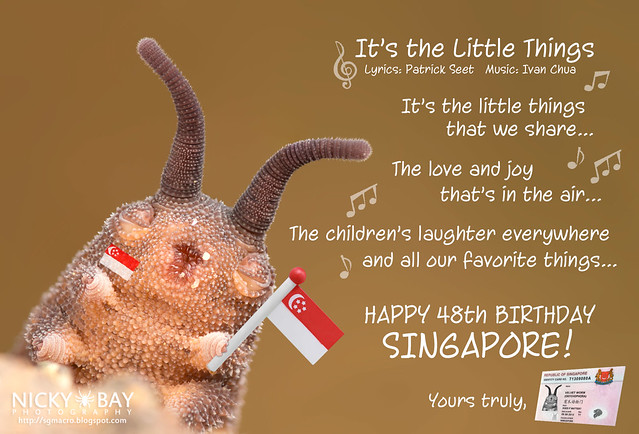
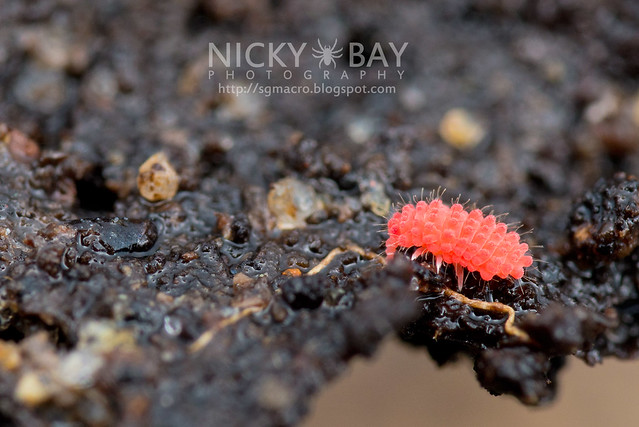
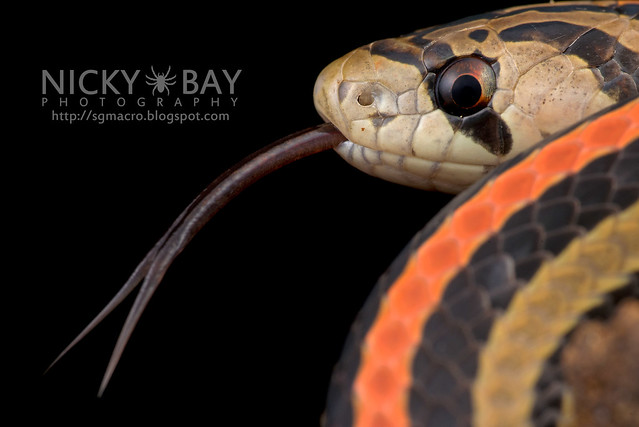
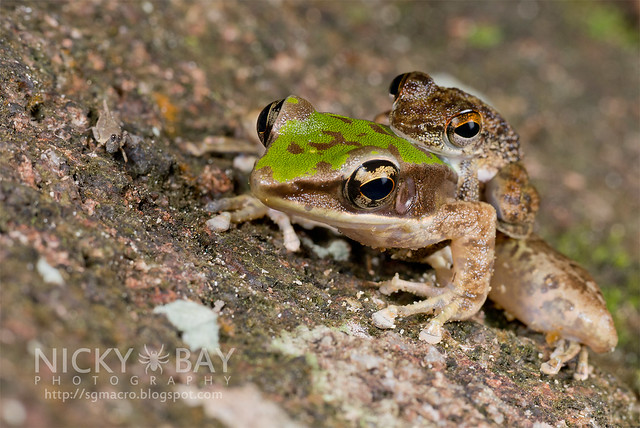
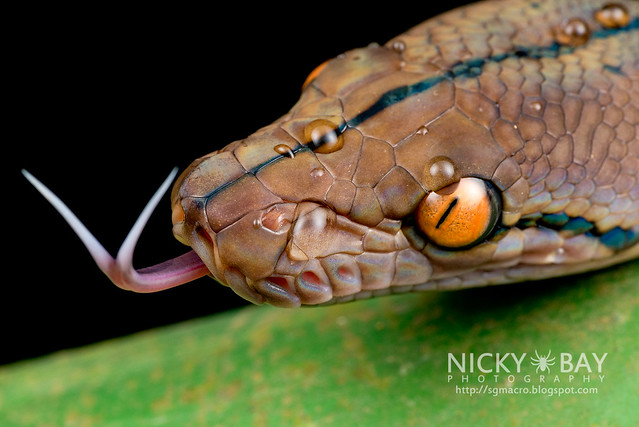
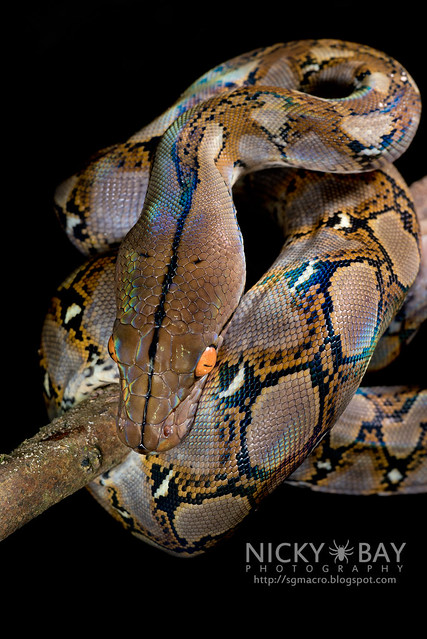
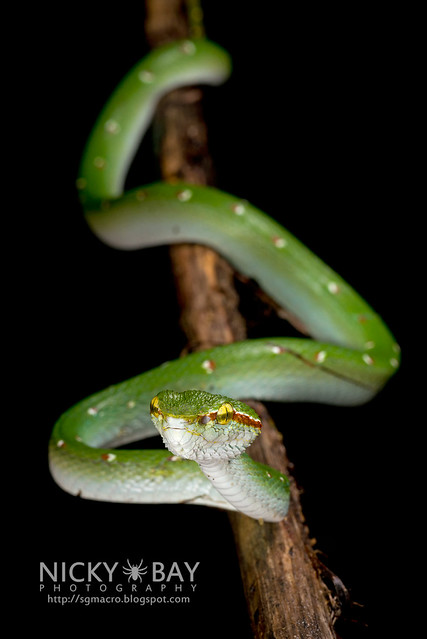
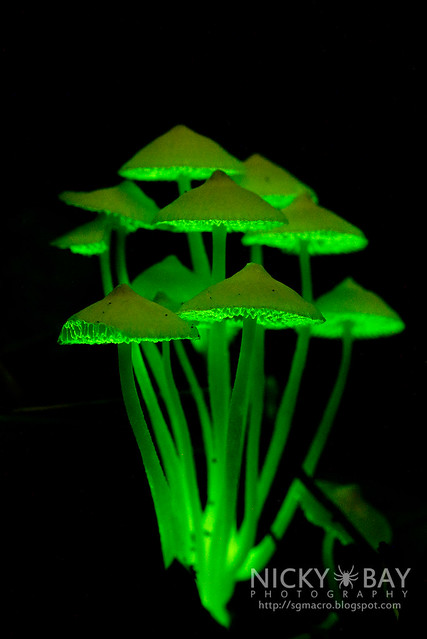
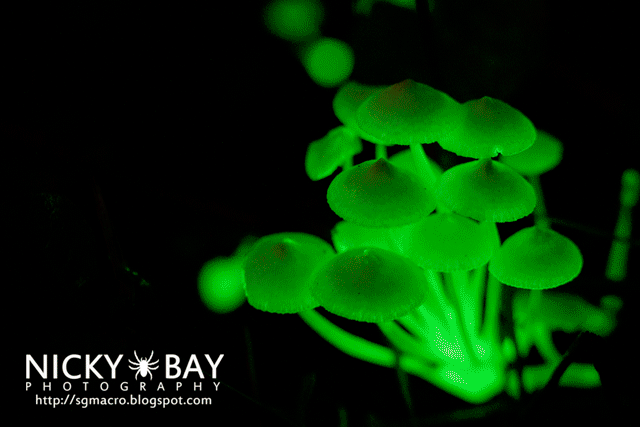
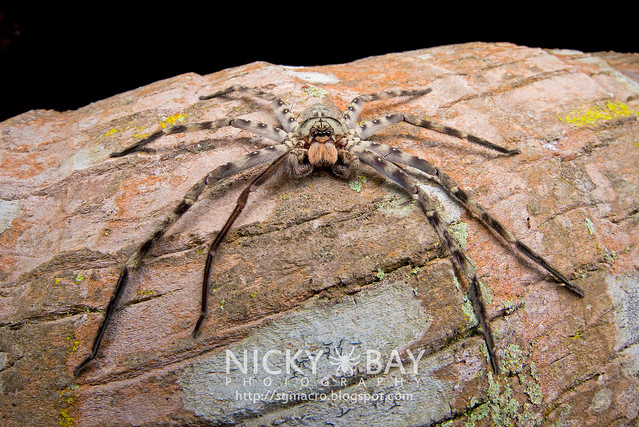












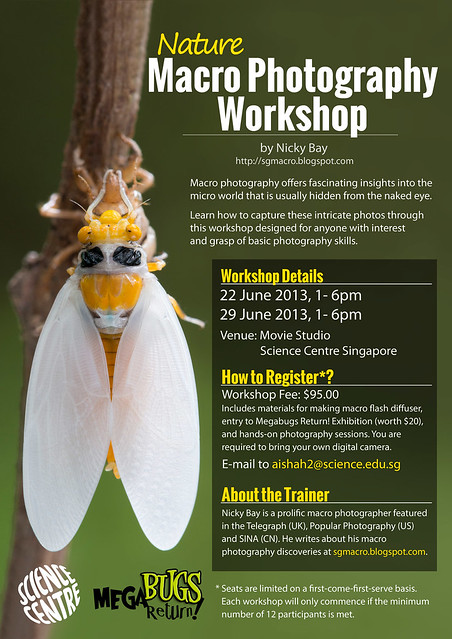















































































































































 Photo of Micrathena sagittata ©
Photo of Micrathena sagittata ©






























